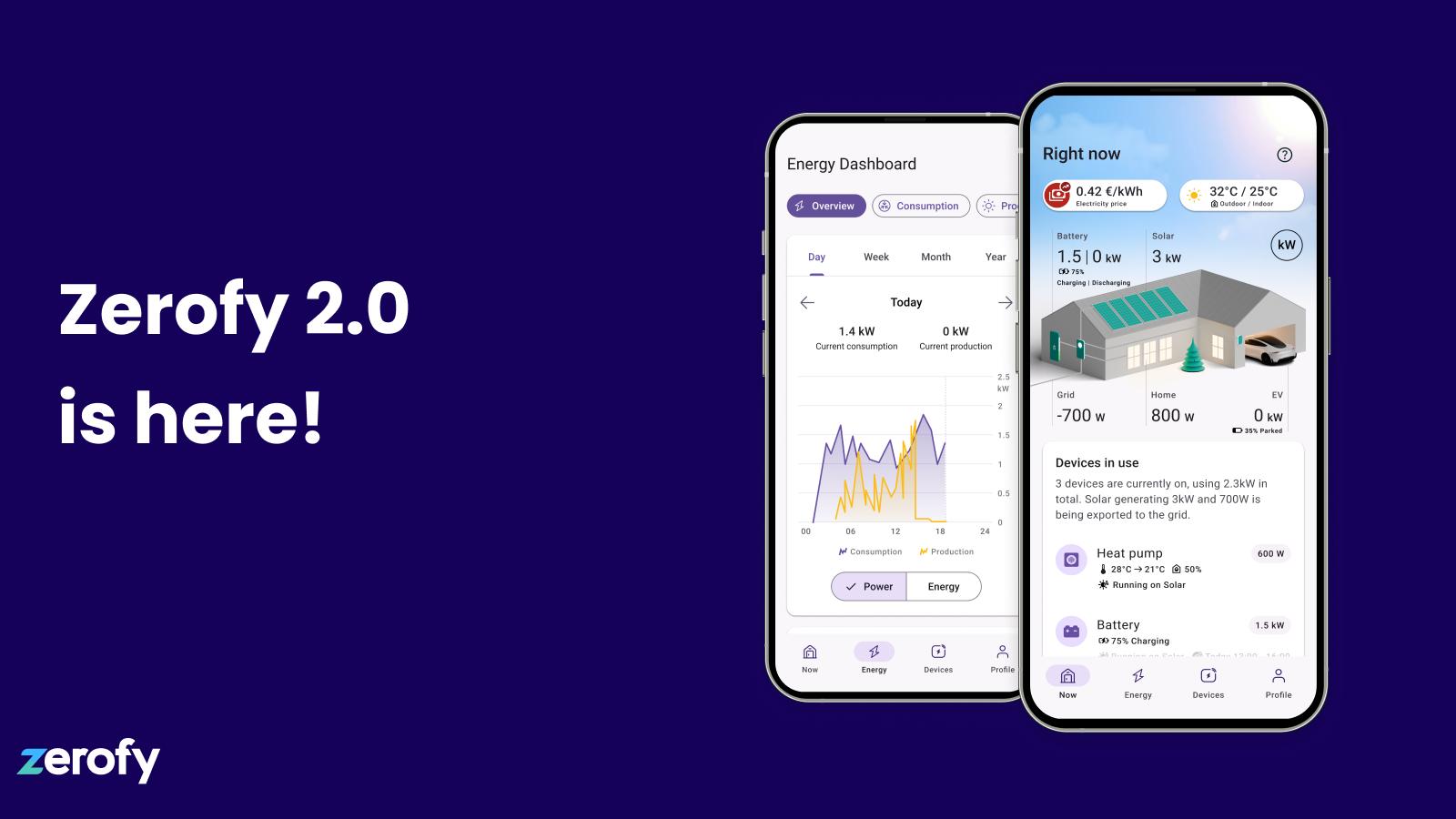
Announcing Zerofy 2.0 with fresh UI and advanced algorithms
Zerofy 2.0 is here! Discover the new user interface, smart algorithms for optimizing your energy costs, and expanded device integrations.
Tips and tools for the electrified household.

Zerofy 2.0 is here! Discover the new user interface, smart algorithms for optimizing your energy costs, and expanded device integrations.

IoT energy systems empower homeowners to save money and reduce emissions with smart technology, real-time insights, and seamless control.

It’s getting colder in the Northern Hemisphere, and winter will be here before you know it. As the temperatures drop, let’s dive into a topic that can be a little tricky to understand: how do heat pumps function when it’s cold outside?

A summary of product updates for the in the summer 2024.

Updates on funding, conferences and more

A plug and play solar system allows you to easily and cost-effectively use renewable energy.
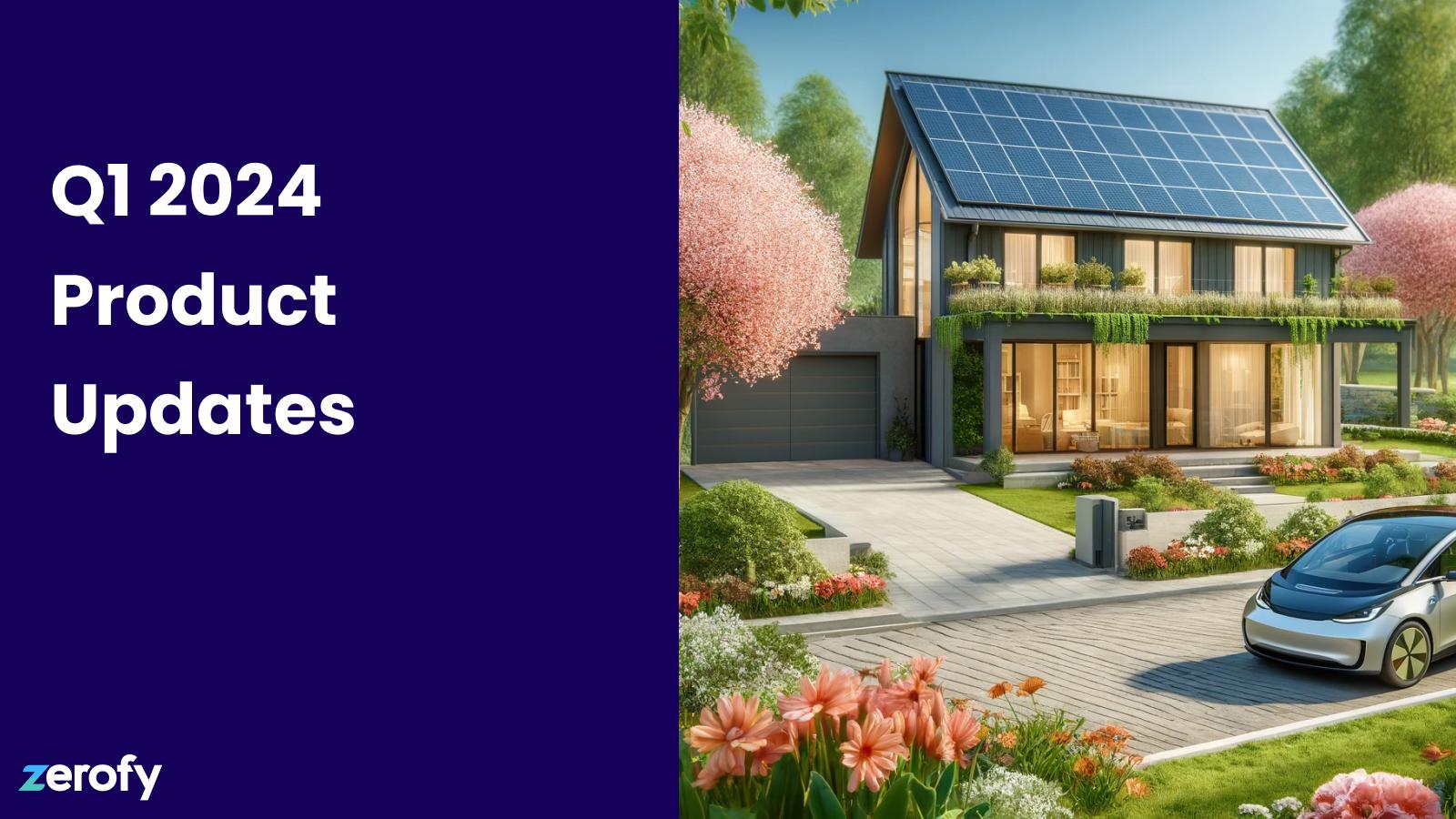
A summary of product updates for the first quarter of the year.
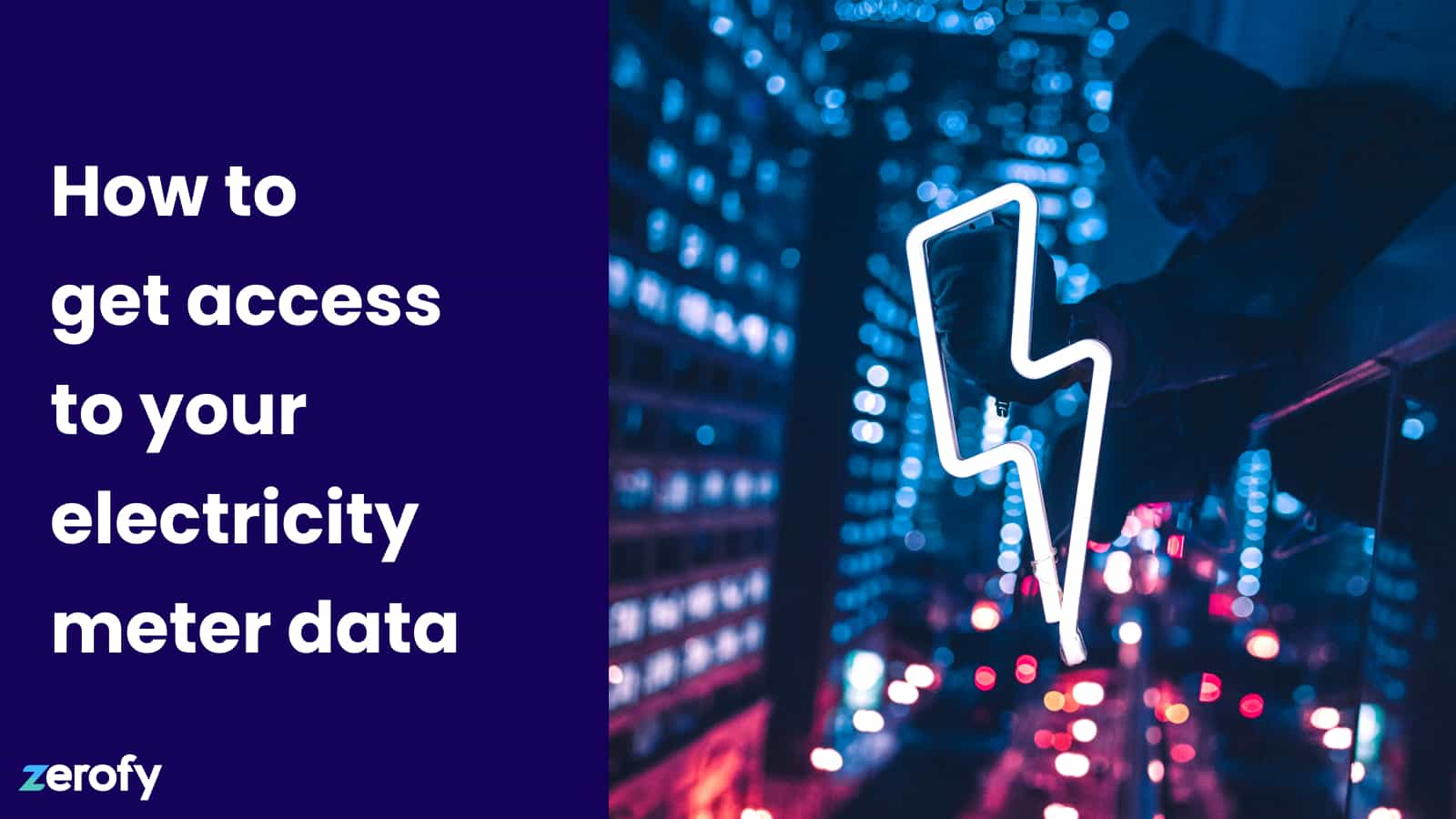
We describe and compare six ways to get access to your smart meter data.
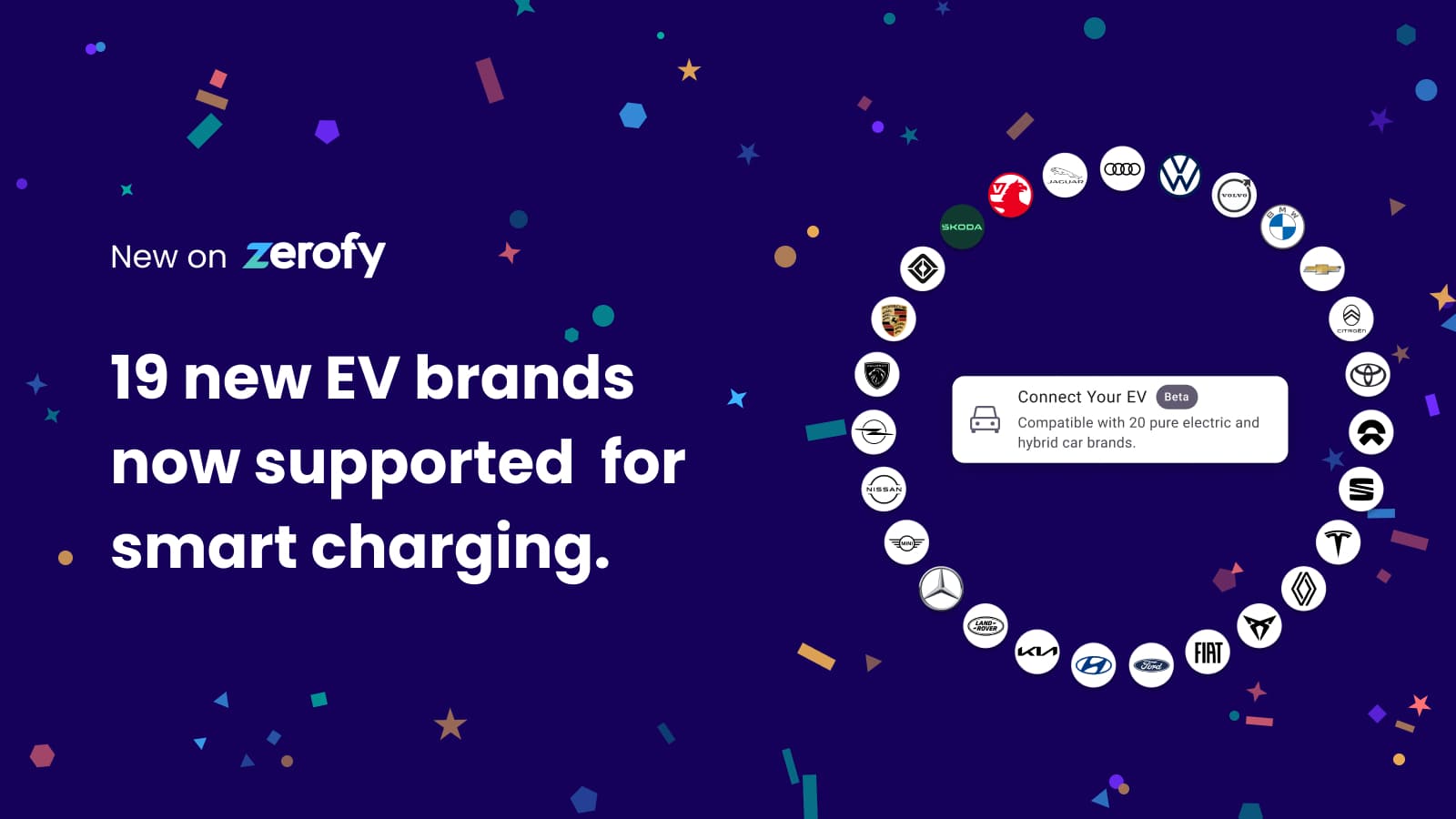
Our latest update extends smart EV charging to 20 new brands, such as Audi, VW, Nissan and BMW, and introduces enhanced charging options.
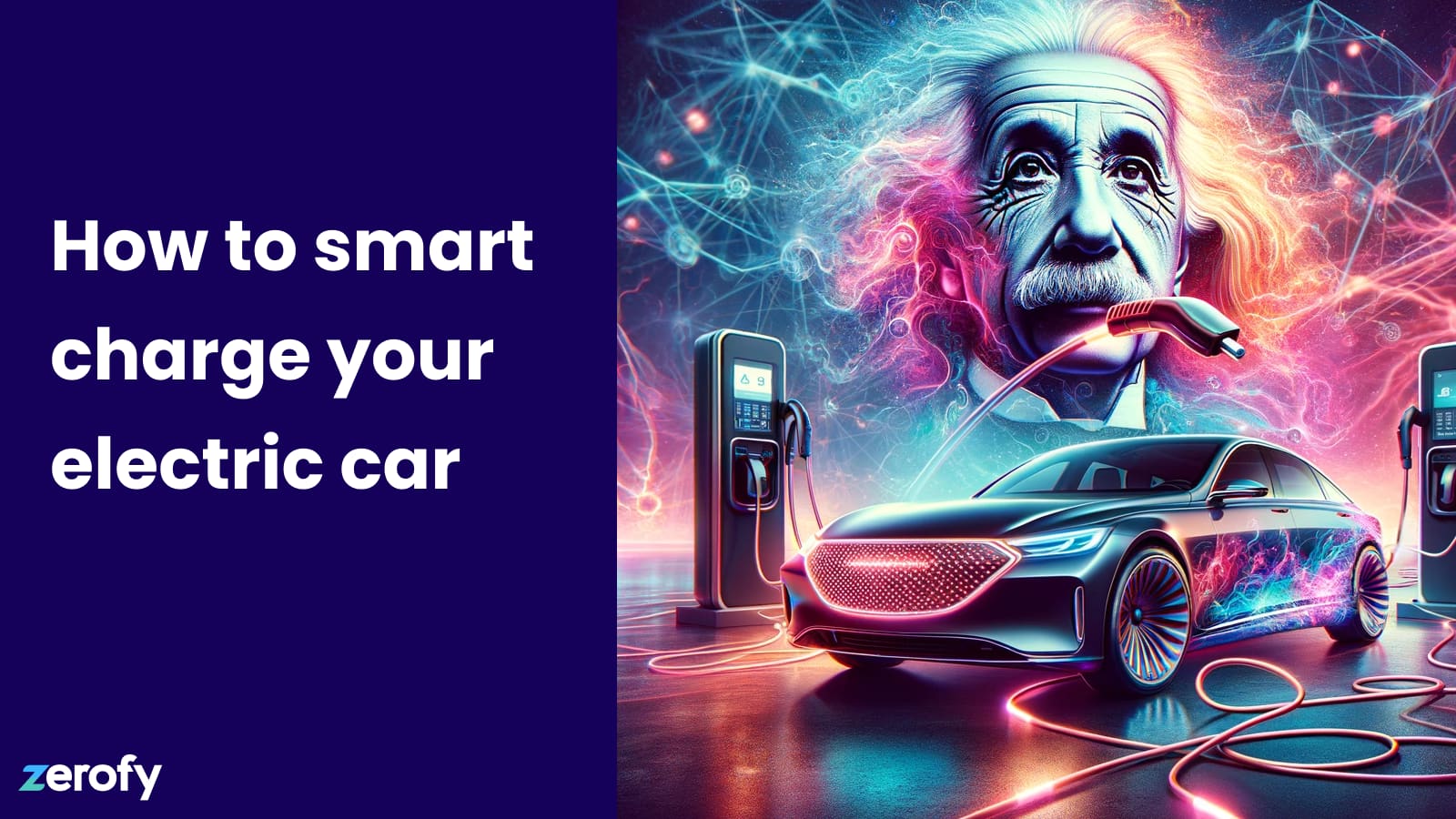
Unlock the potential of smart charging for your electric vehicle with our guide! Learn how to reduce costs, lower emissions, and integrate with renewable energy through practical, easy-to-use strategies tailored for every EV owner.
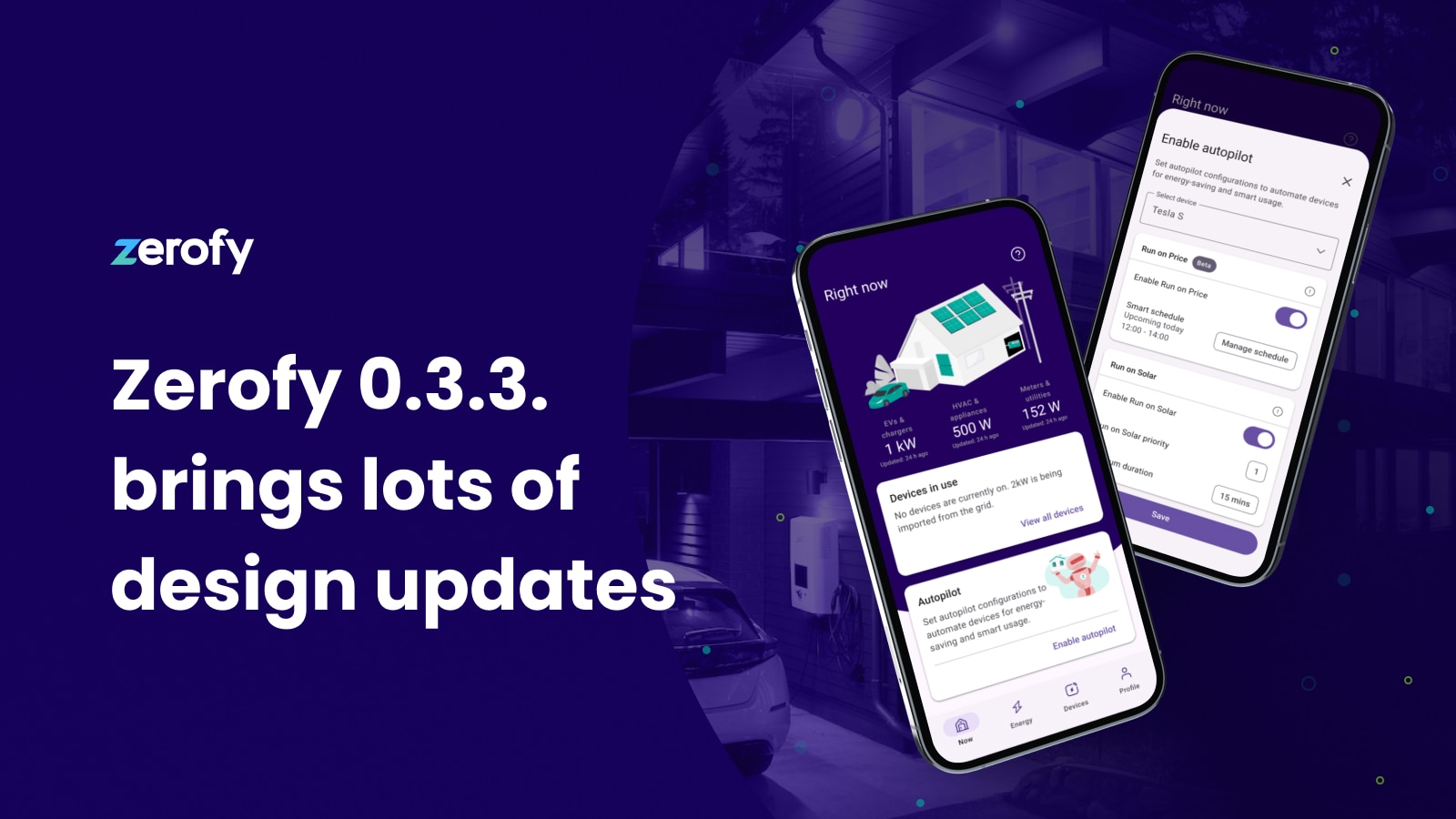
Latest Zerofy update puts Autopilot front and center and brings further user interface improvements.
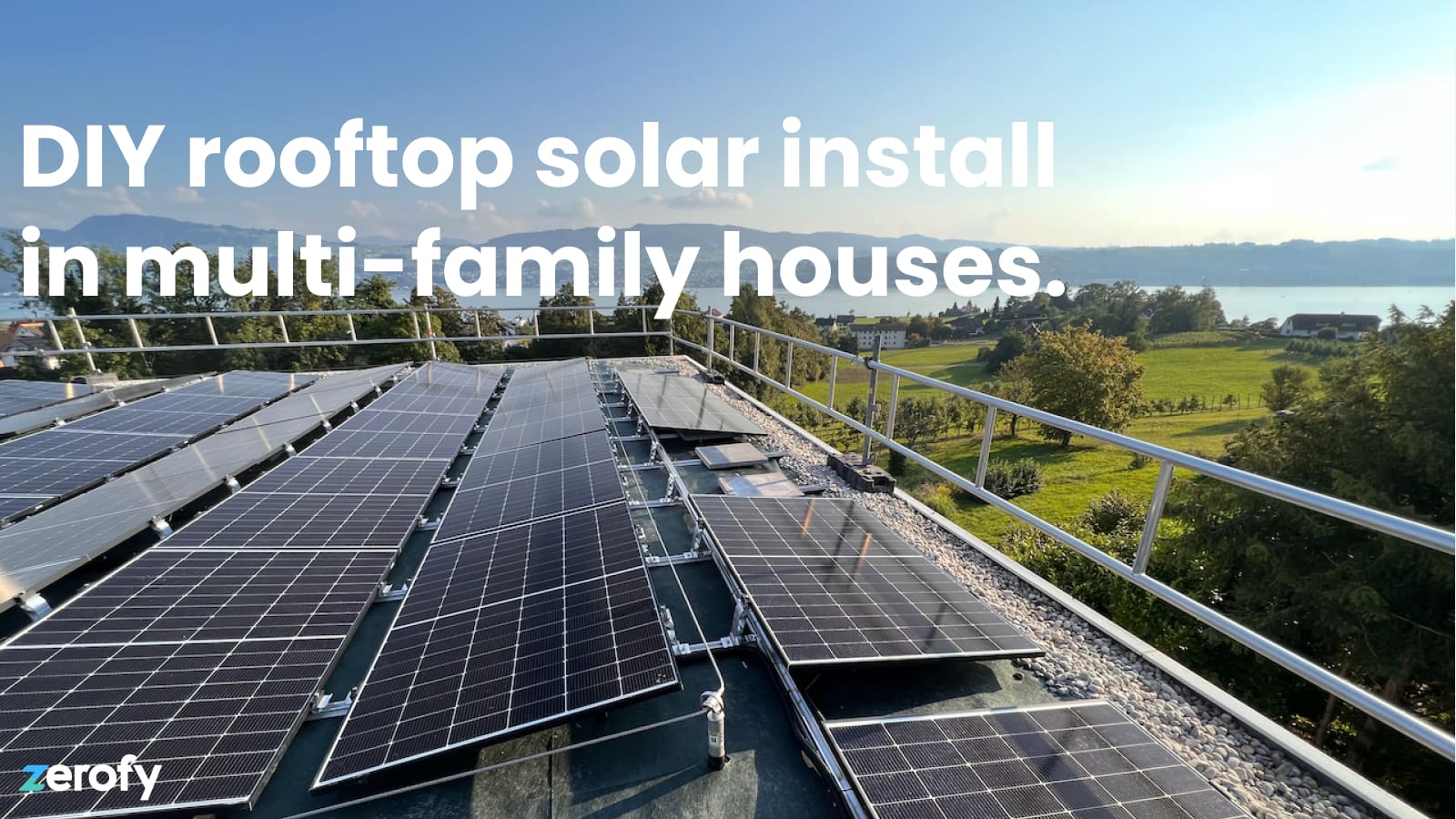
PV self-build project in an apartment building in Switzerland with the help of an energy transition cooperative. Field report, costs, implementation including billing and energy management.

Efficiently manage home energy with Zerofy's Run on Price feature, automating devices during low-cost electricity hours. Ideal for users with dynamic tariffs. Plus Zerofy is now also available for Android!
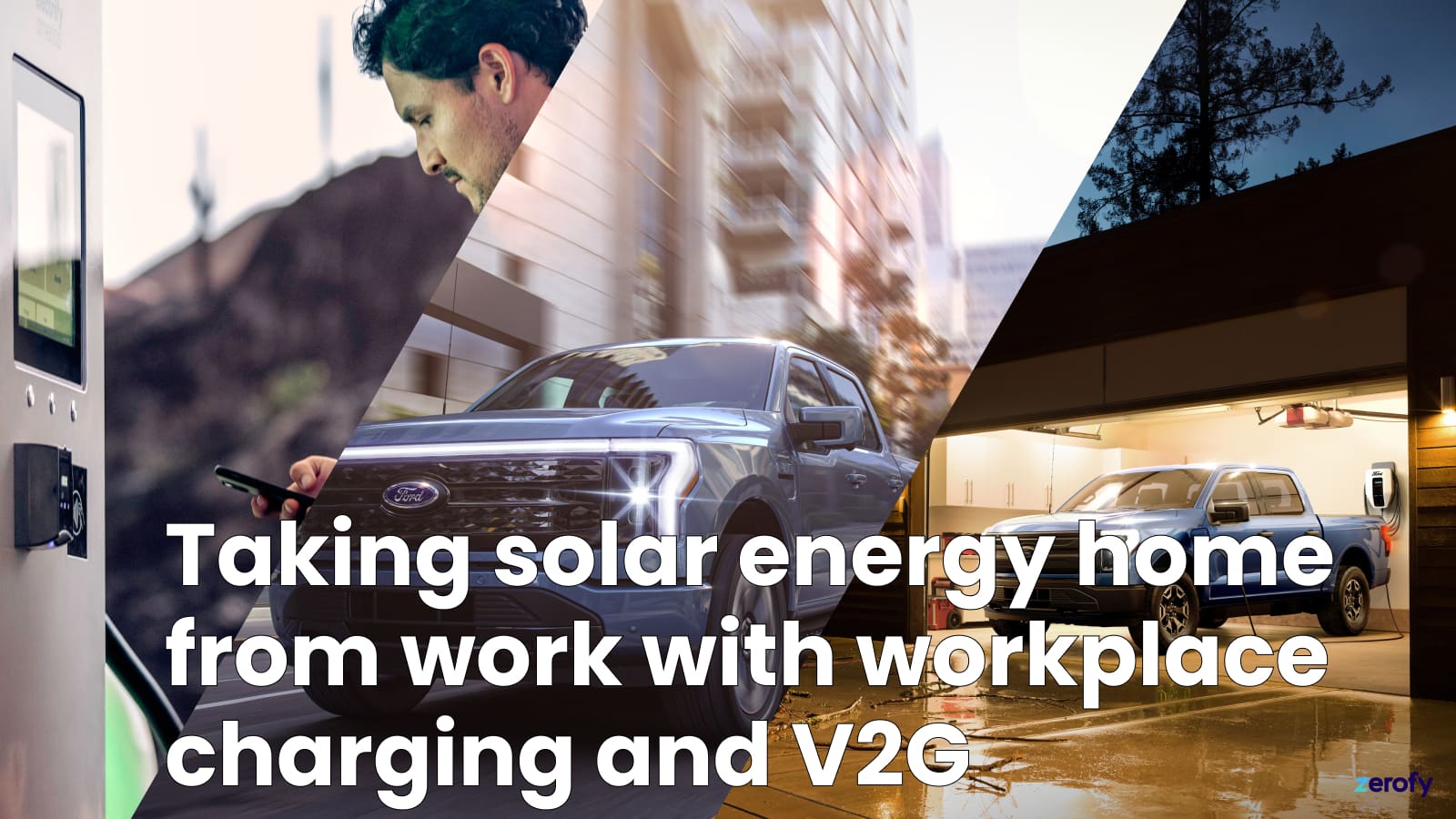
Discover how workplace solar charging of electric vehicles (EVs) can bring sustainable energy home. Learn about Vehicle-to-Grid (V2G) technology, its impact on grid load, battery lifespan, and forming energy communities for a greener future.
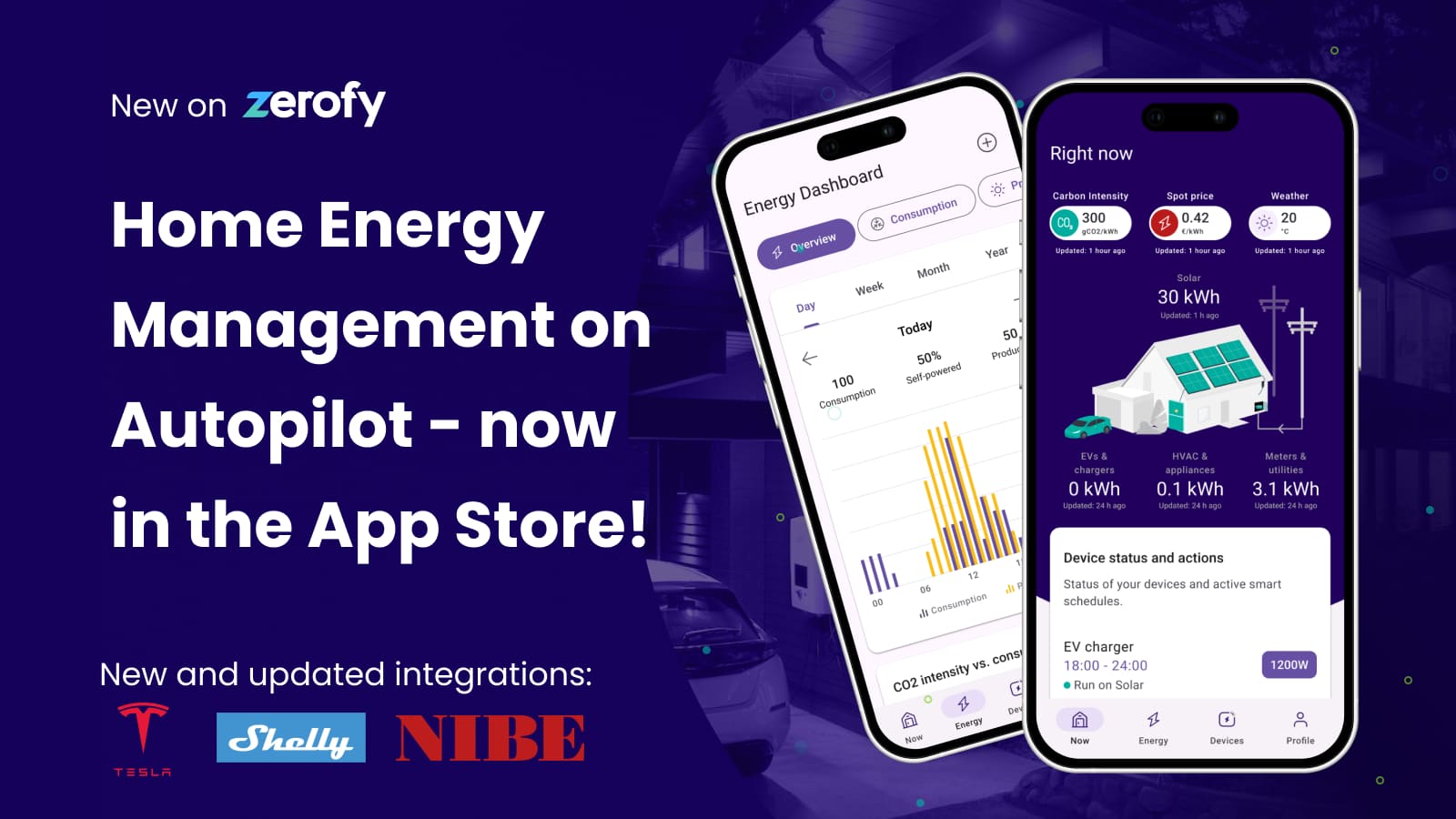
Zerofy is now in the App Store, with UI updates and new integrations including Tesla and Nibe heat pumps.
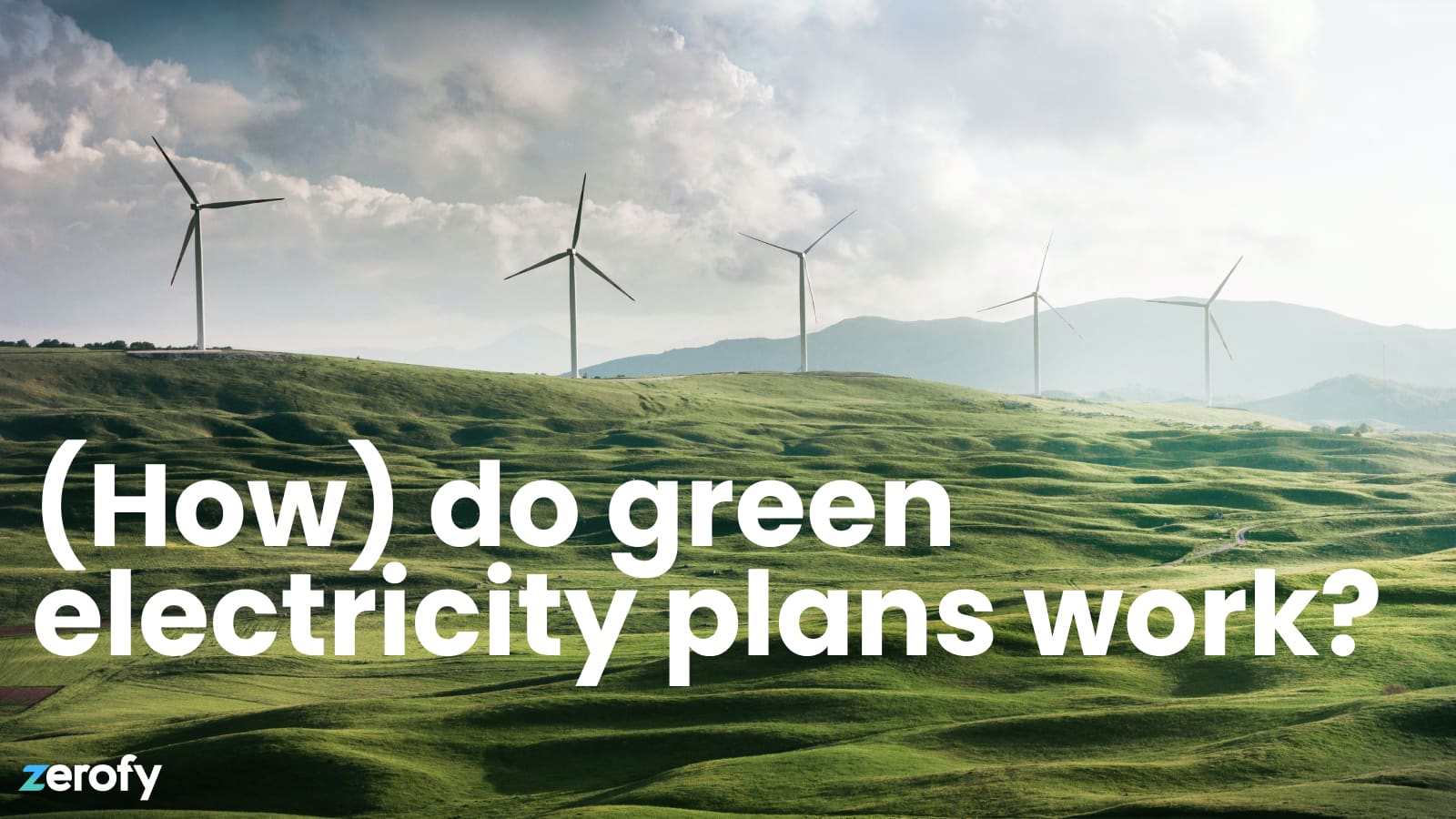
Explore how green electricity plans contribute to carbon reduction and what "24/7 carbon-free" means in the push for cleaner energy.

Enhance energy efficiency with Sensibo's integration on Zerofy! Control & automate your AC & heat pumps, optimizing for cost and CO2, directly from one app!
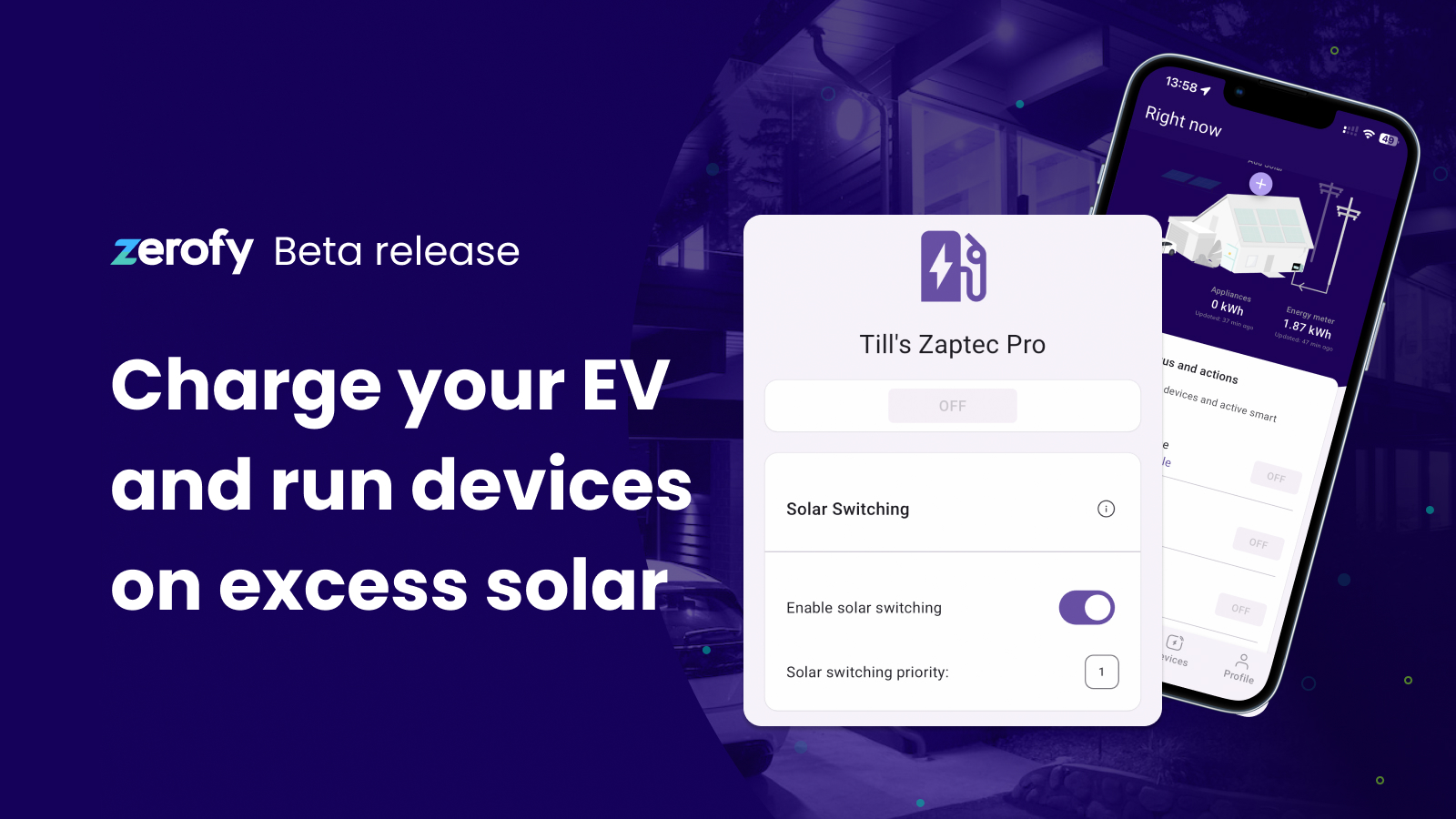
Automatically activate EV charging and other devices during surplus solar production with the latest Zerofy app update.

With our integration you can track energy consumption, program cycle stats, and even manually or automatically control Miele appliances directly from Zerofy.
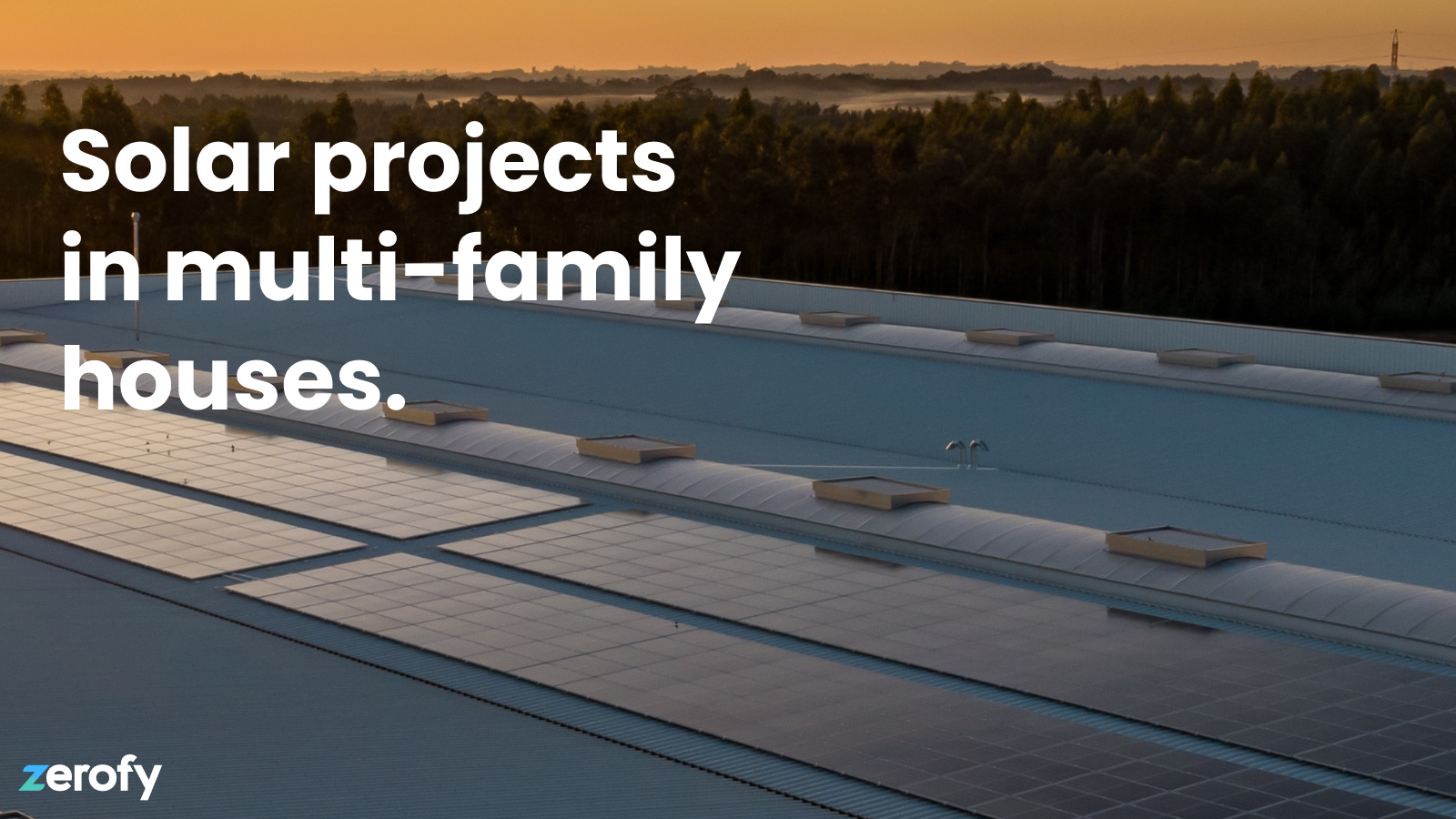
This guide presents an analytical overview of solar installations in multi-family homes. Topics include the selection of cloud-connected charging stations, understanding heat pump controls, nuances of roof installations, and the landscape of Swiss subsidies. Dive deep into choices between major corporations, SMEs, and DIY cooperatives.
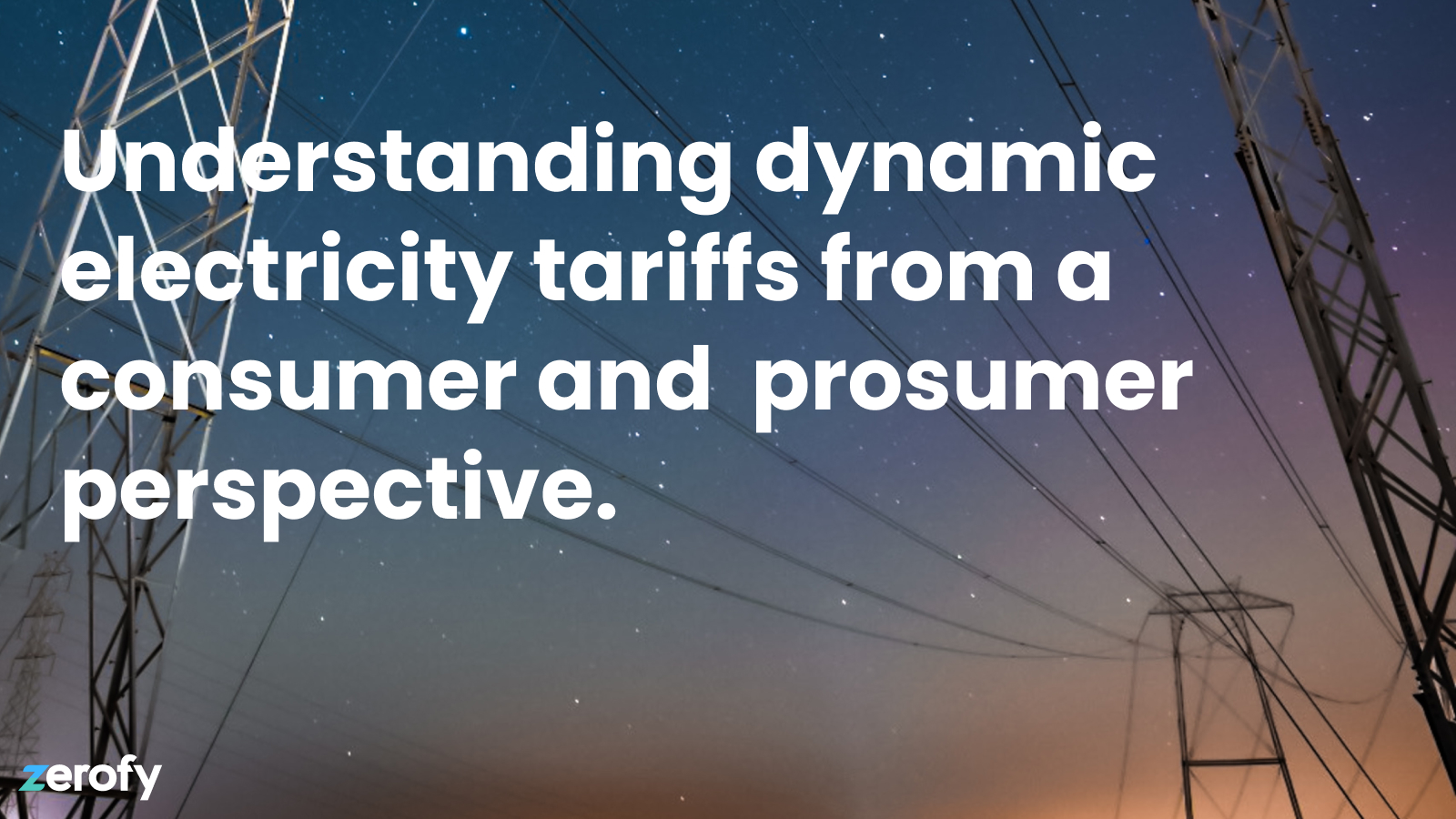
Discover the impact of dynamic retail electricity tariffs on solar self-consumption vs. feed-in options. Learn how to optimize energy costs for electrified households given these data.
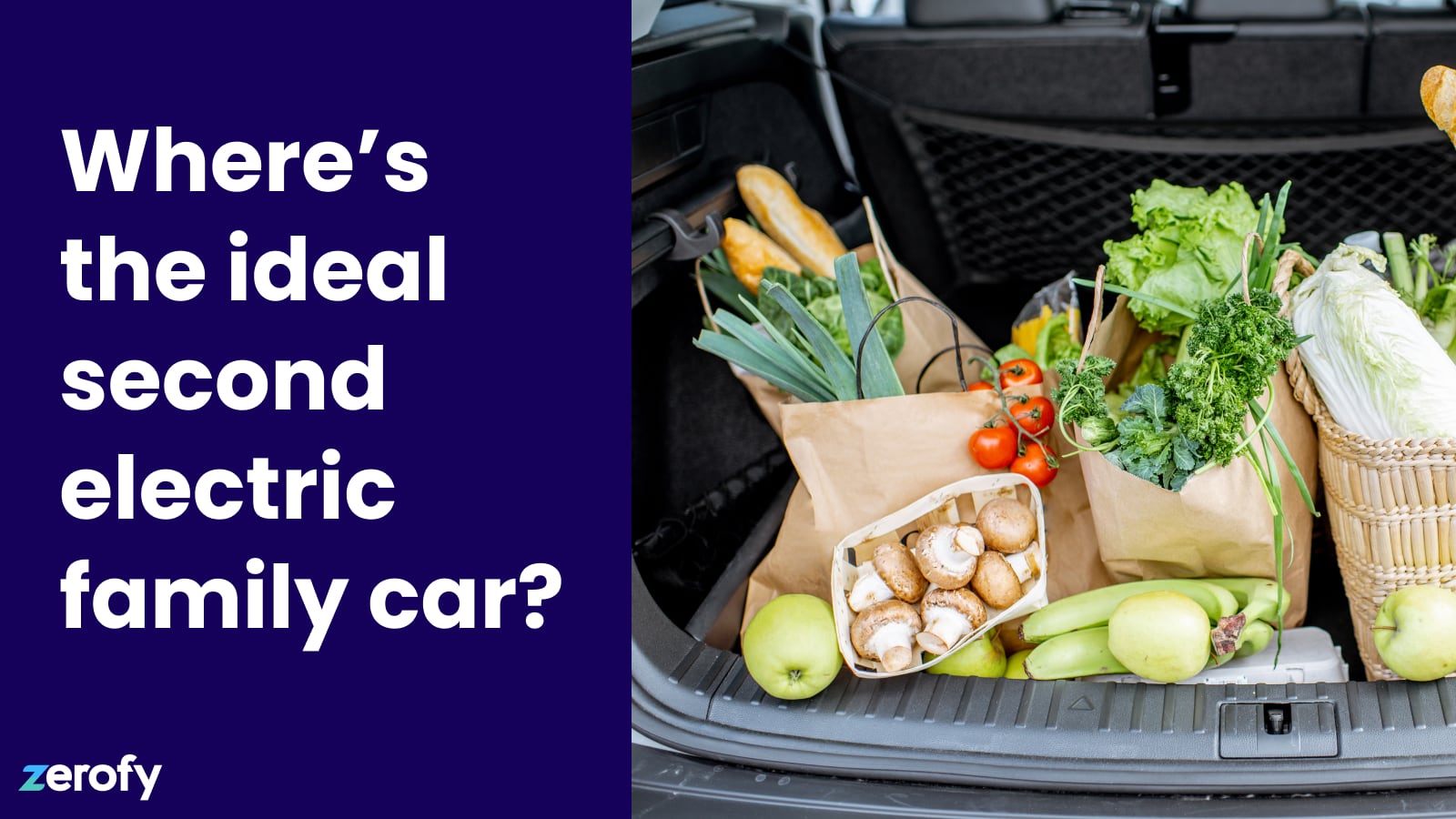
Families looking to acquire a second, smaller EV for short-distance tasks are often met with unexpected challenges. This article discusses these issues, shedding light on the surprising absence of ideal options in the current market.
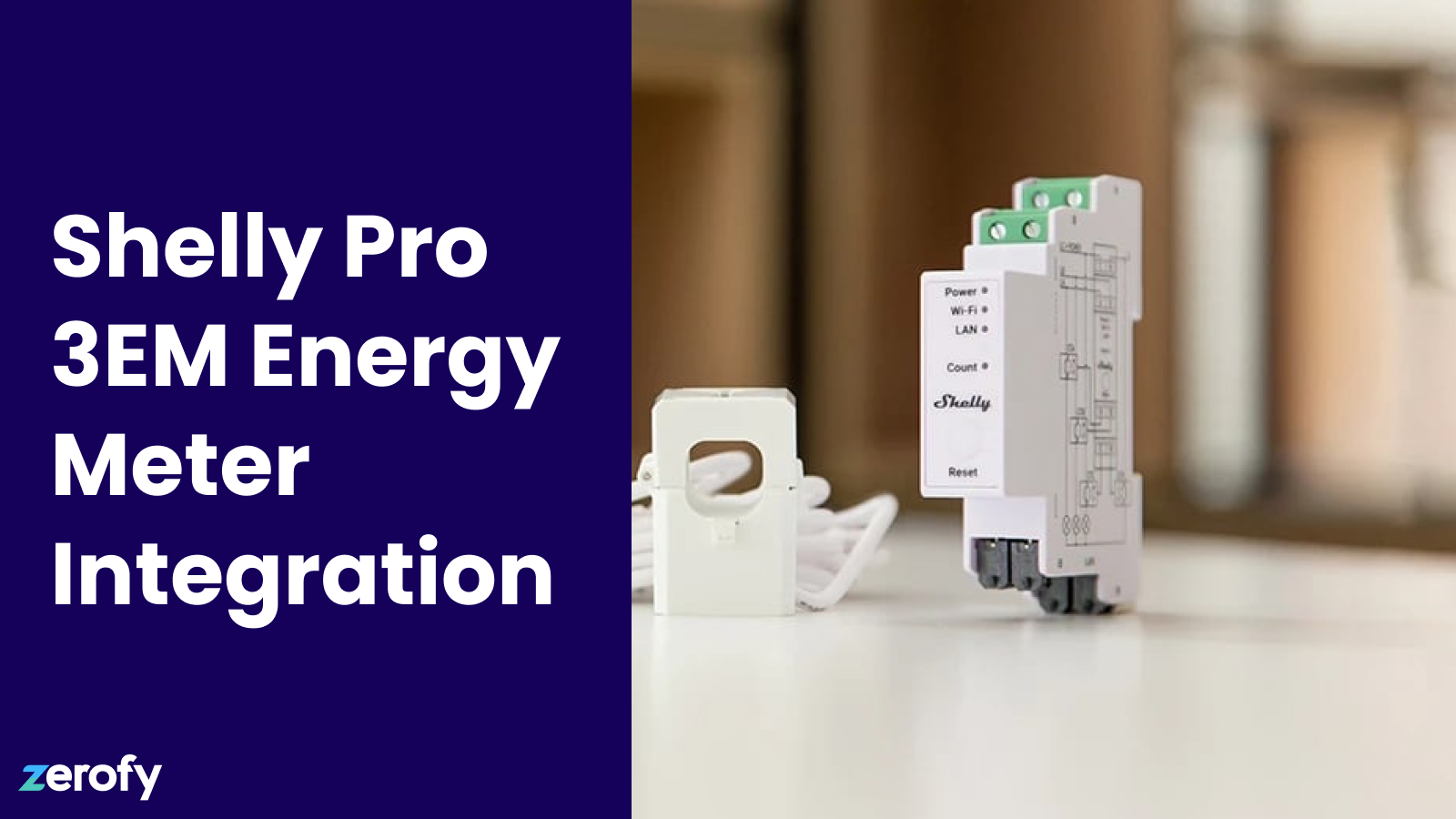
Discover the future of home energy management with the Shelly Energy Meter now integrated with the Zerofy mobile app. This easy-to-install, cost-effective device offers real-time energy consumption data
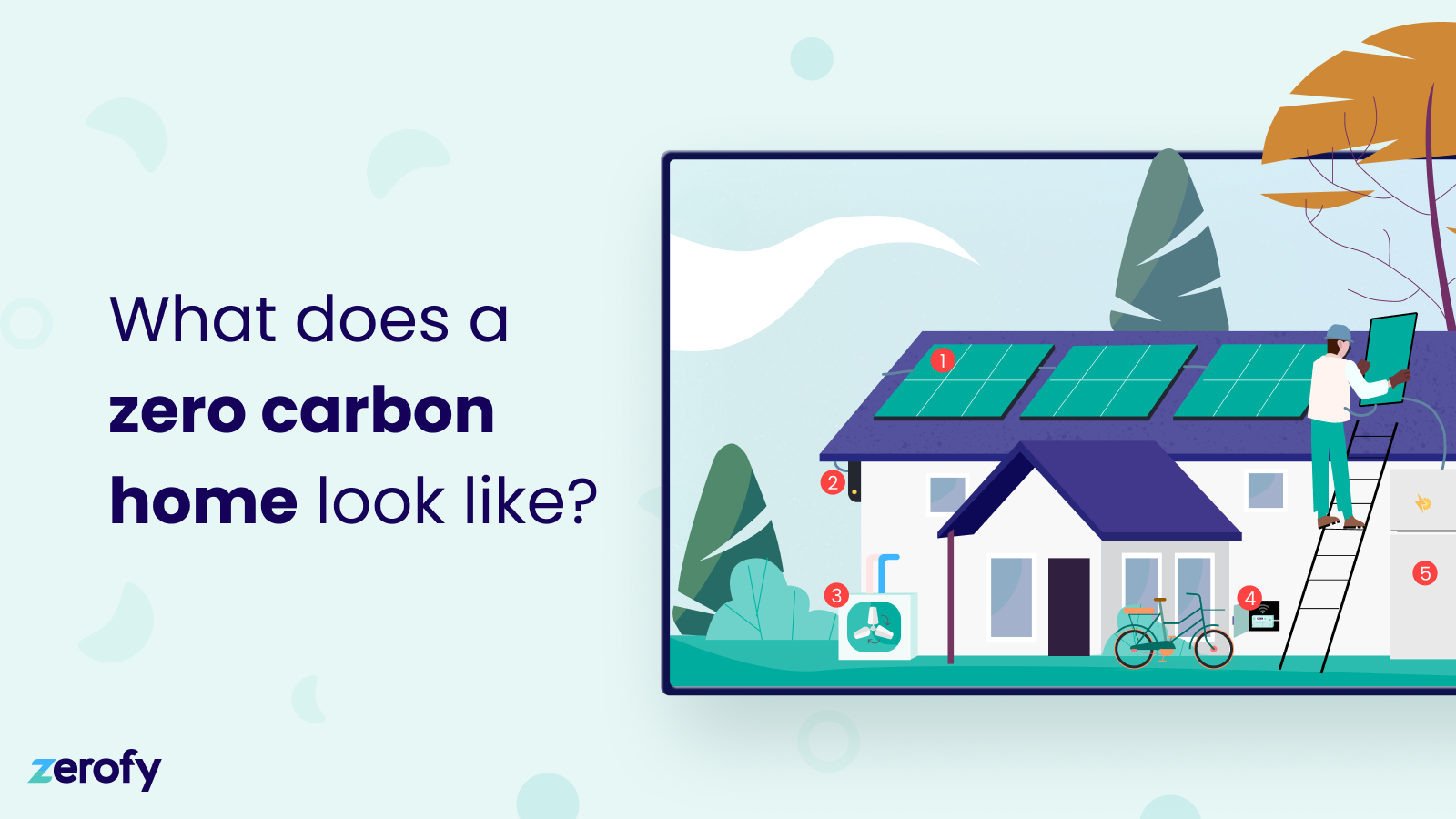
Zero carbon homes can play an important role in addressing climate change. Learn about Zerofy’s vision for the zero carbon home, and all the components that contribute.
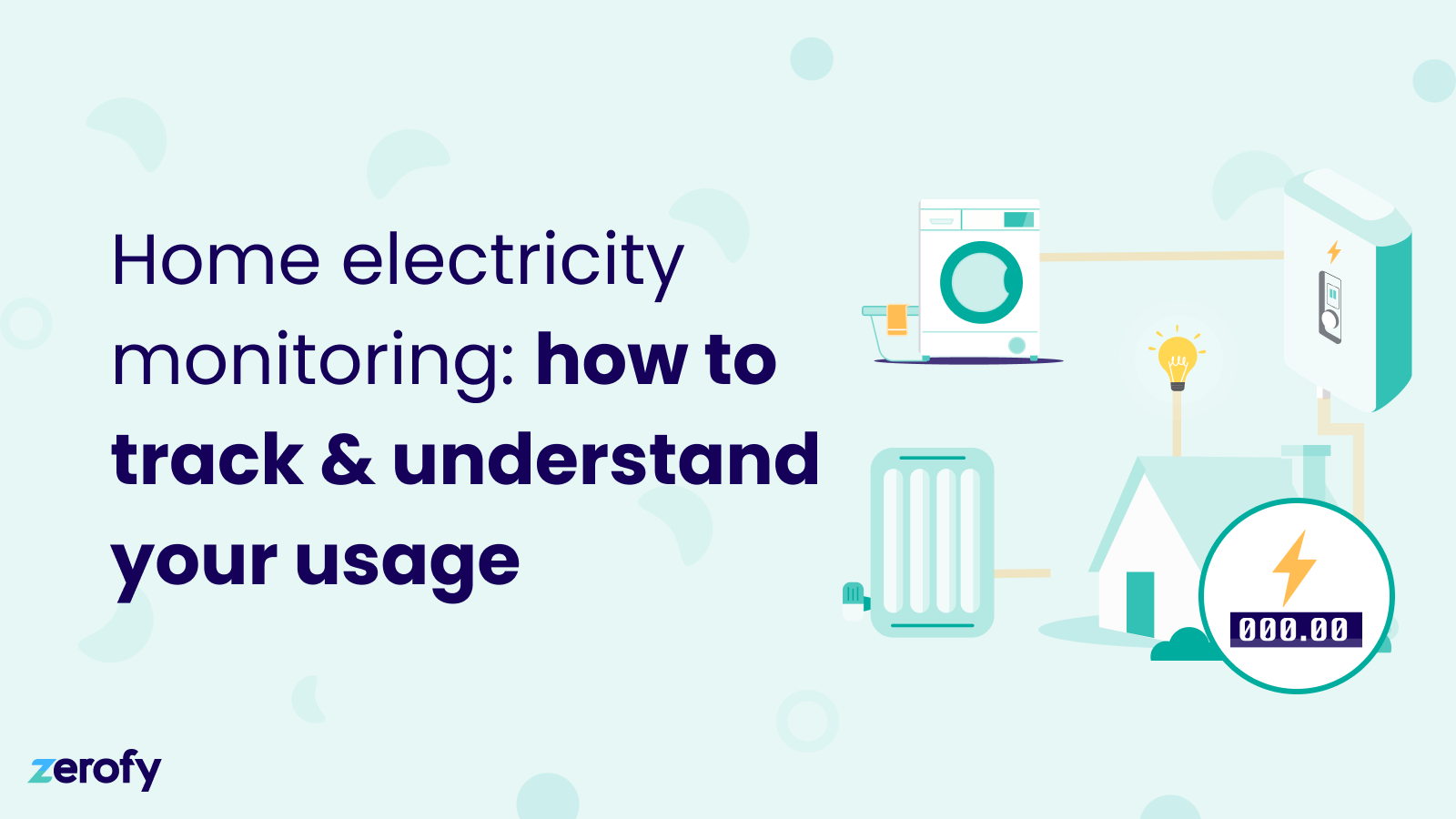
Home electricity monitoring is a valuable way to understand and reduce your usage, as well as your associated CO2 emissions and bills.
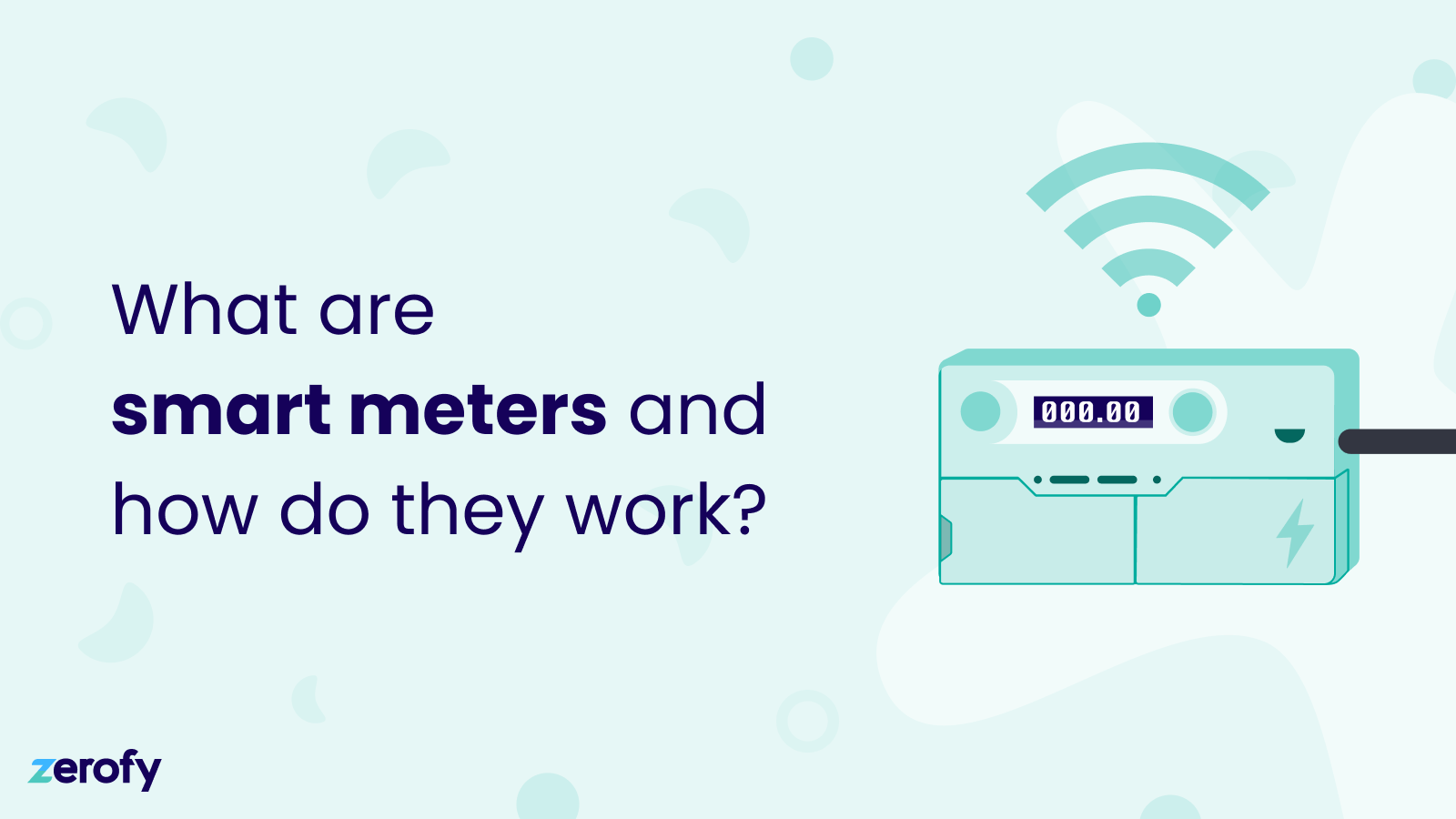
You may have heard of smart meters, but aren’t quite sure how they work and their benefits. Learn what they do, and how they can help your household save.
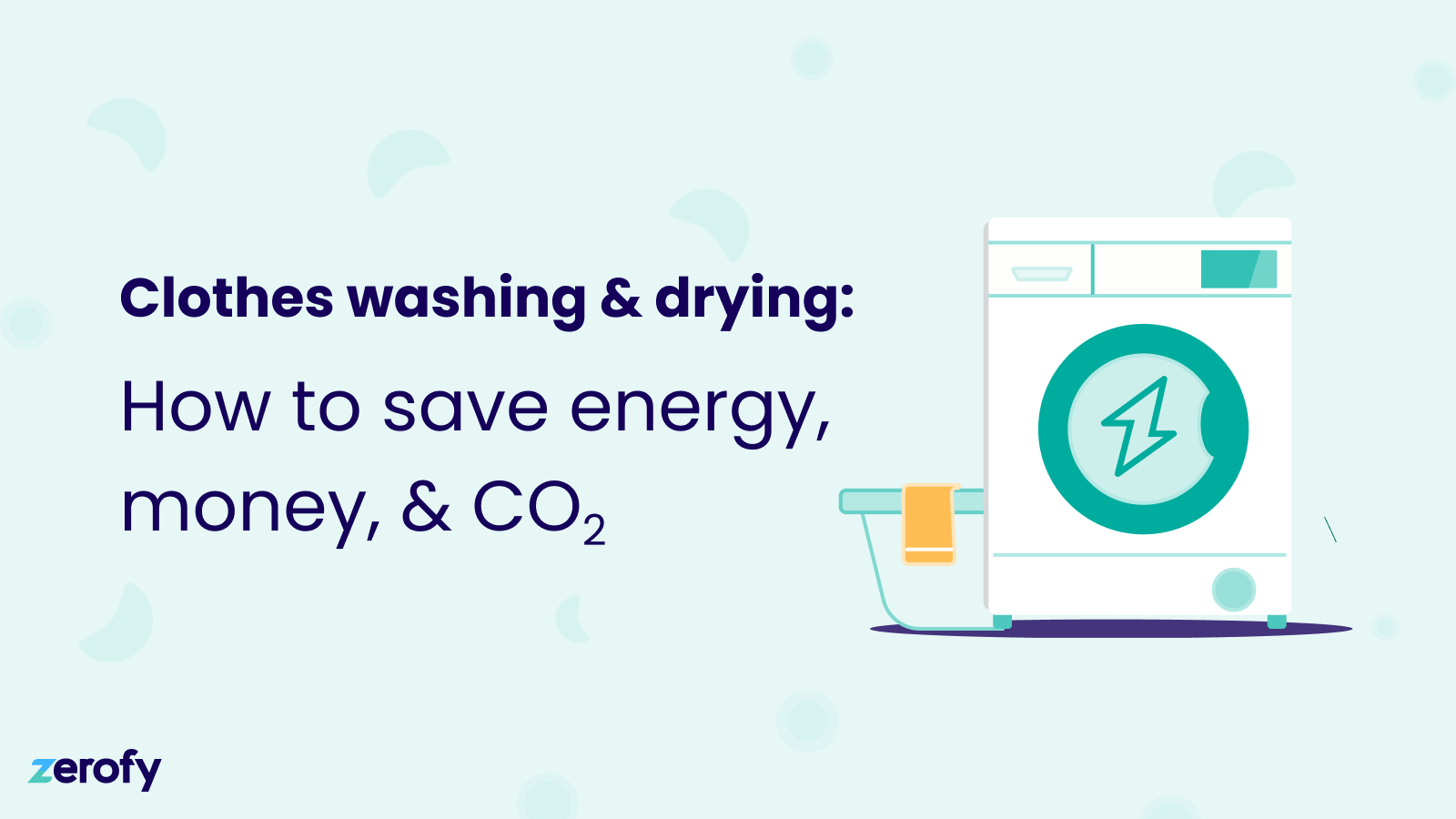
Learn what actions you can take to reduce the energy, CO2 emissions, and costs associated with washing and drying your household’s clothing.
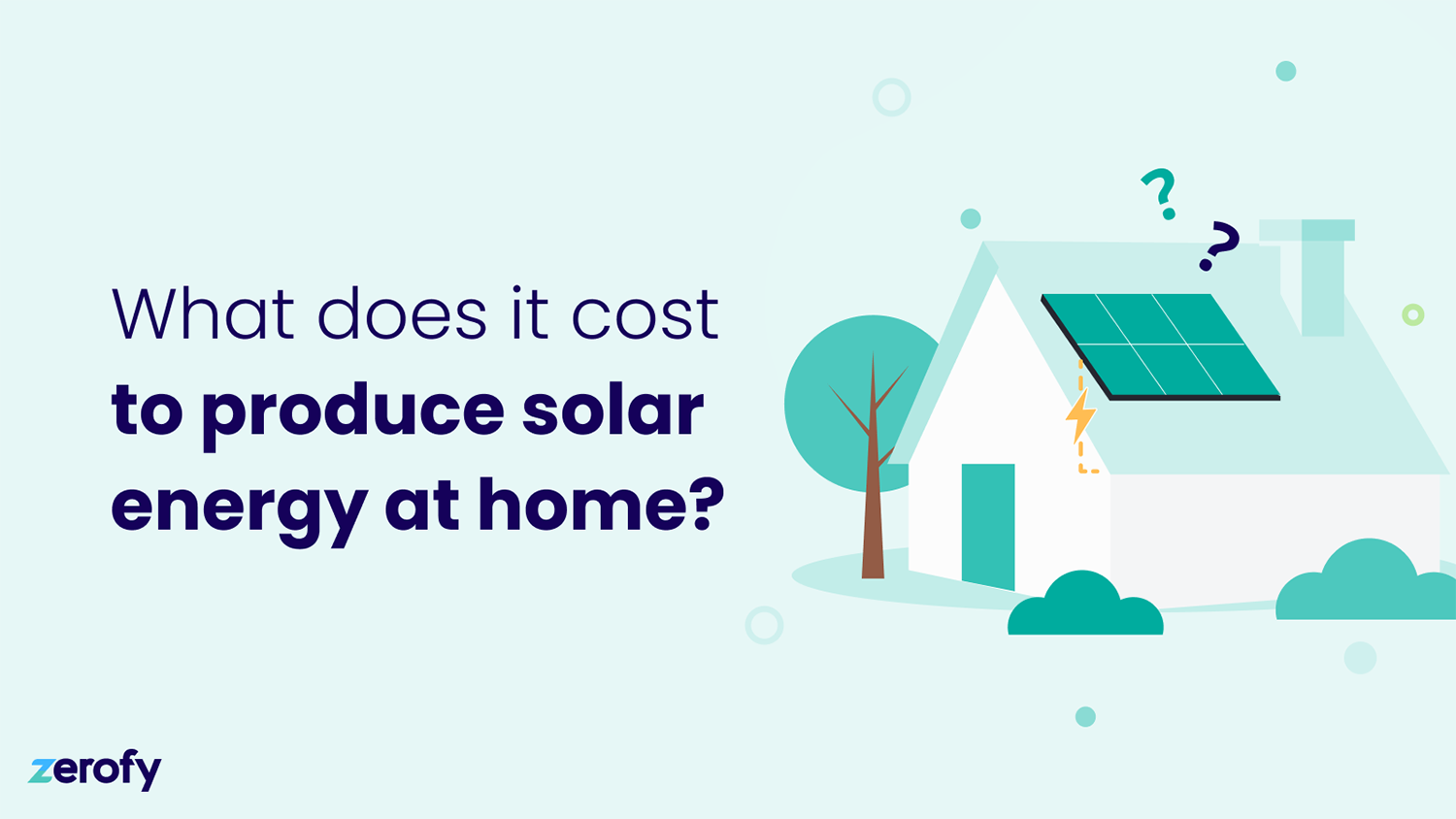
Interested in installing a home solar set-up and producing renewable energy? Here’s how to determine what it could cost.
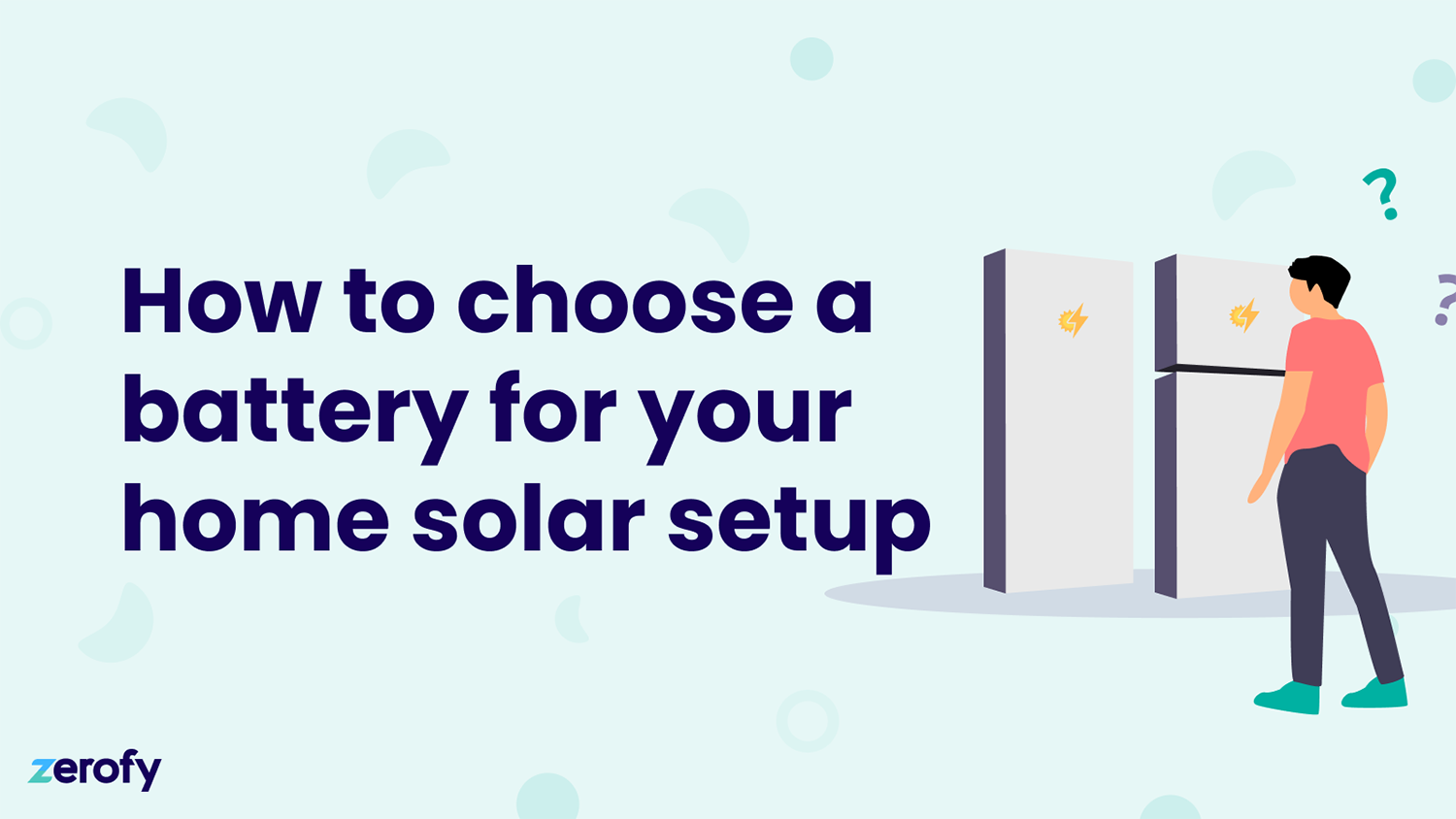
Looking for a home battery to store energy from your solar system set-up? Learn what options are available and key factors to consider before you buy.
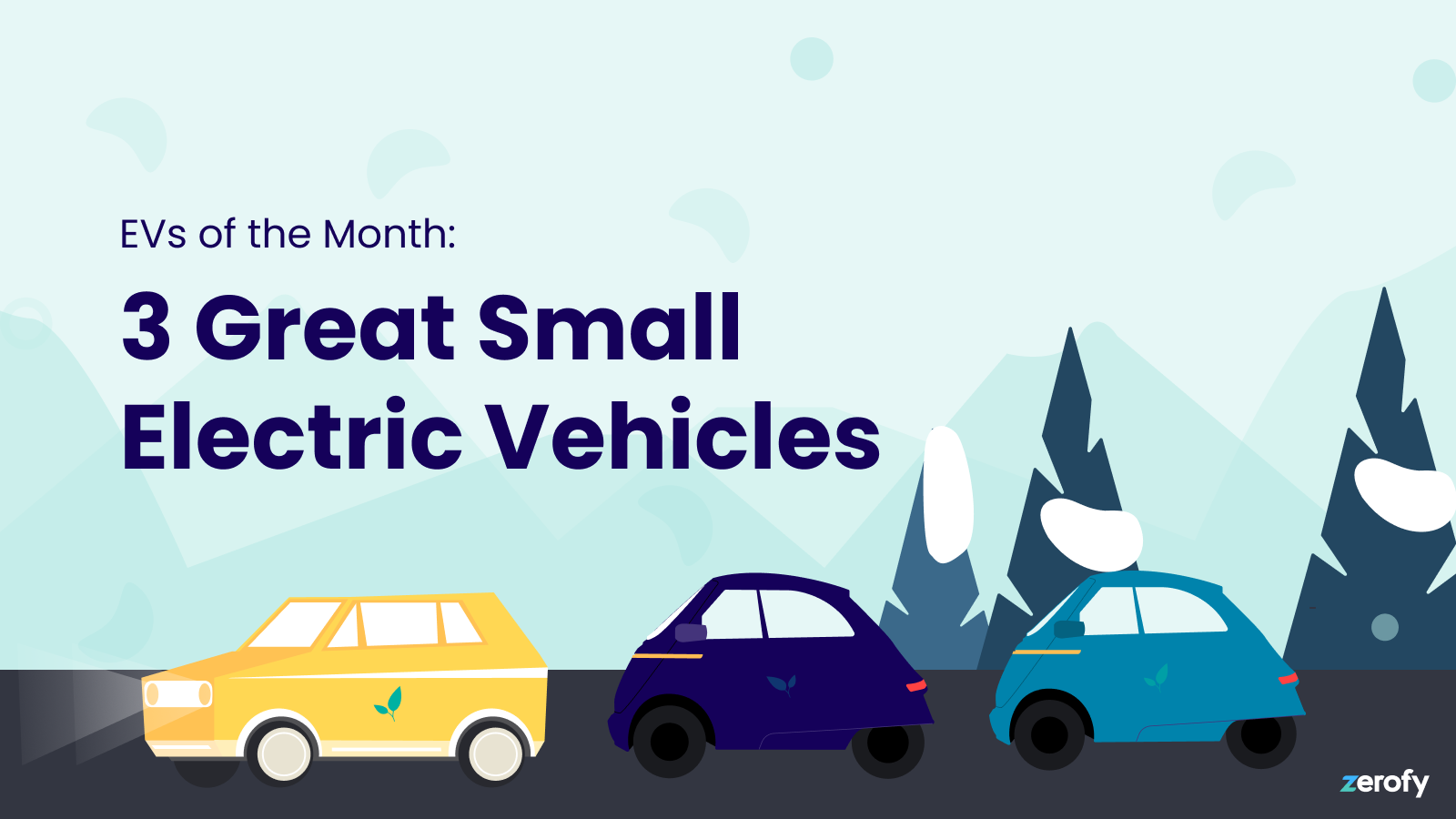
Looking for a small EV? We’ve rounded up three excellent and ultra-compact options for your (micro) green transportation needs.
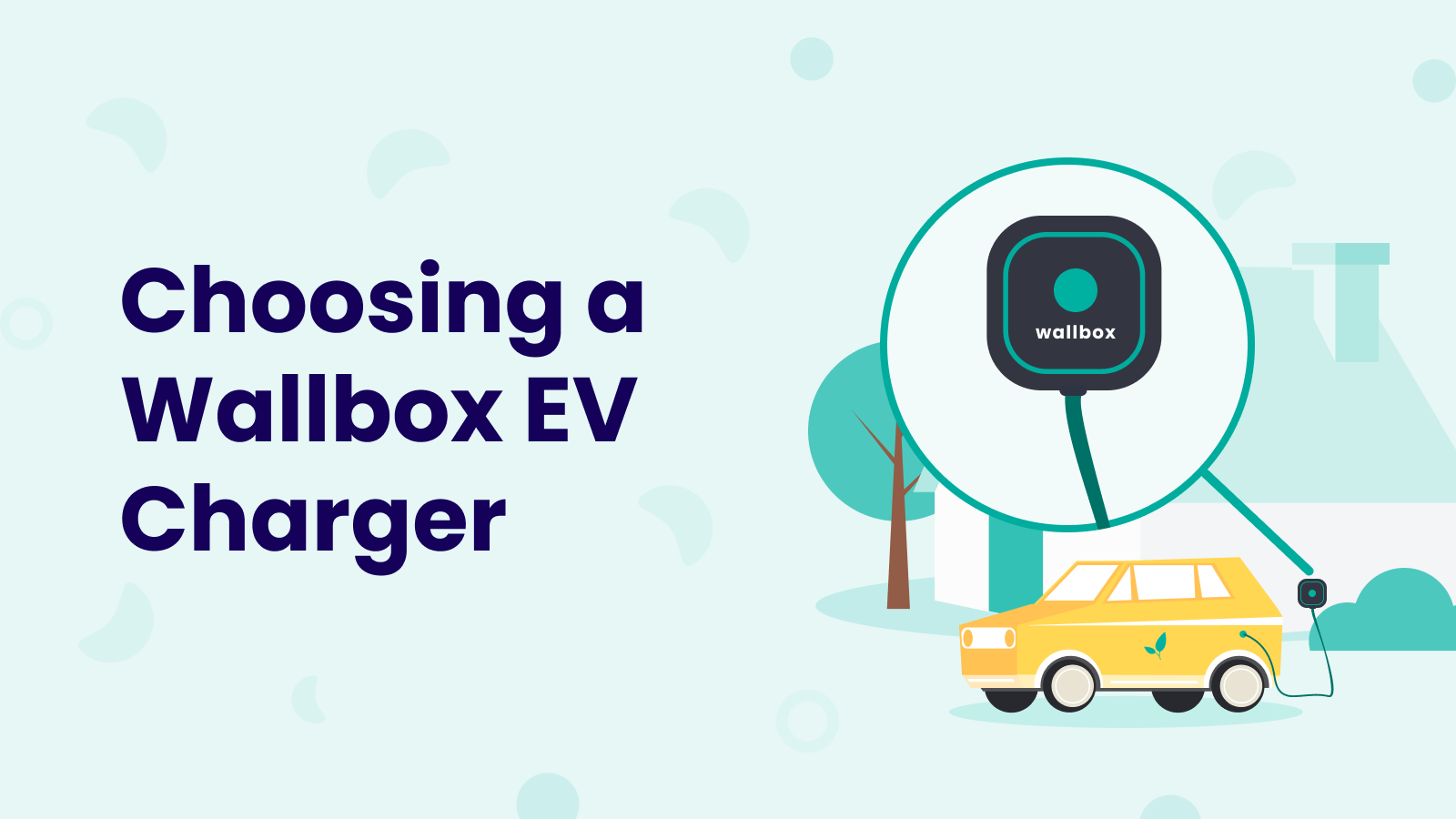
An EV wallbox charger allows for secure and flexible at-home charging. Learn what factors to consider when choosing here.
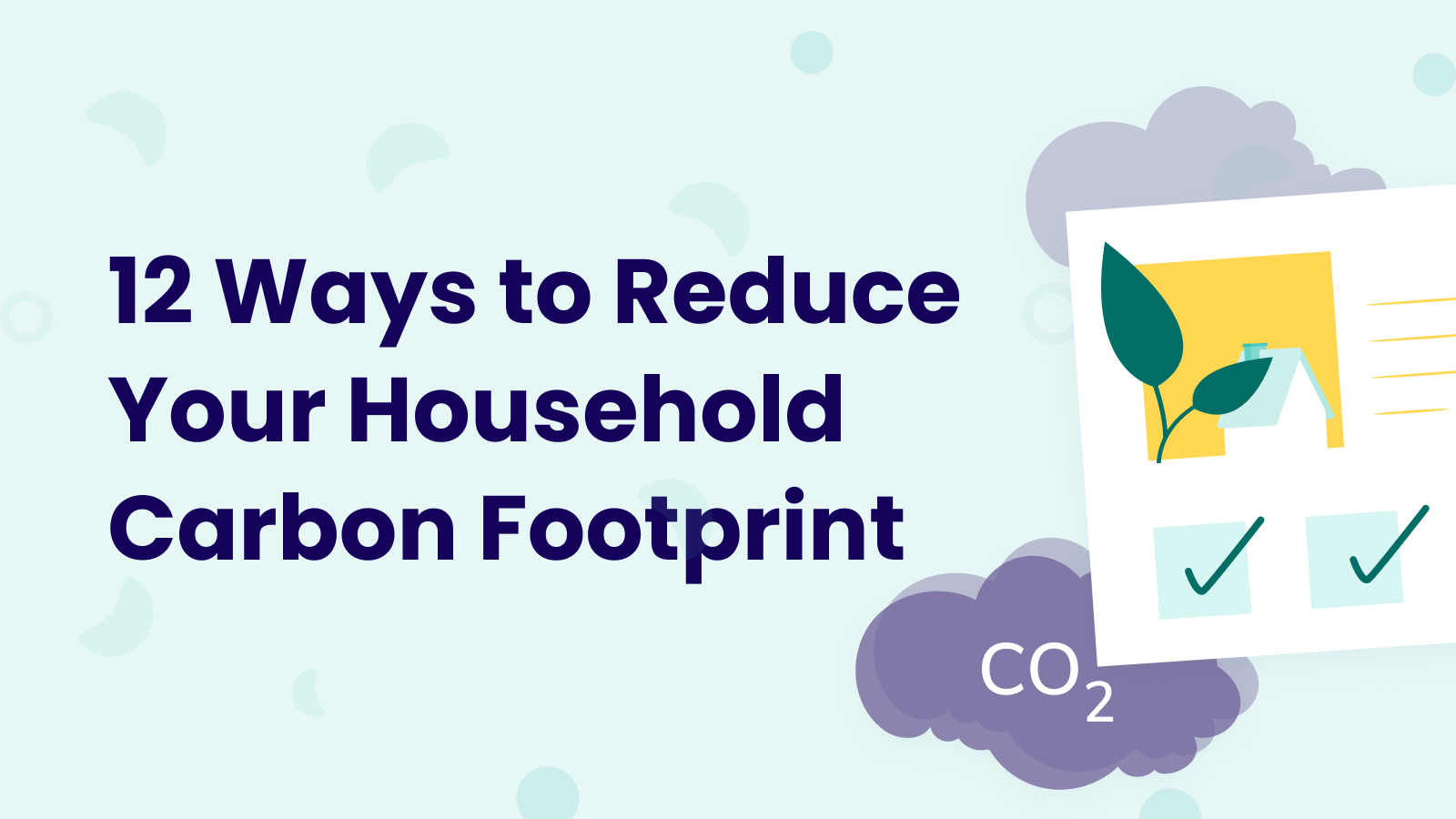
You may have heard the term carbon footprint used before to describe the amount of carbon dioxide (CO2) emitted from the consumption of fossil fuels by an individual. So, what about the household carbon footprint? This is the CO2 emissions produced by everyone living in a single household, and importantly, it encompasses shared resources that can often be left out by the individual carbon footprint calculation.

In the midst of the climate challenge, one thing that gives us great optimism is that there are so many intelligent and committed people working on solutions and providing resources on what we can do. Sharing of insights, innovations, news, and recommendations for individual climate action are all important for tackling the defining challenge of our time.
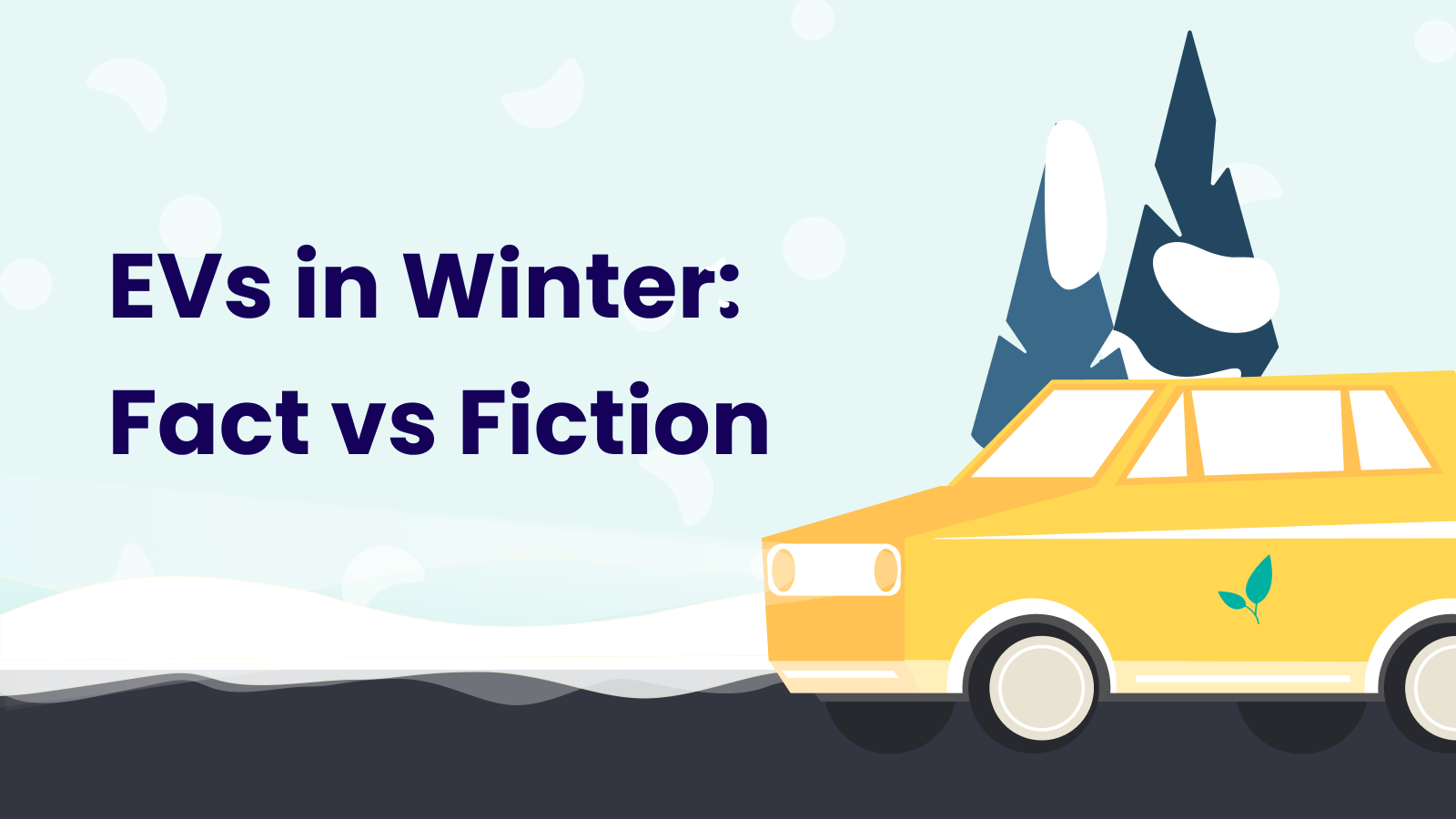
Are you considering purchasing an EV, but unsure if your cold winters make it a practical choice? It is a valid question to ask, especially if you are unfamiliar with EVs and know the effect cold weather can have on electronics that operate on batteries. Zerofy has highlighted some of the main considerations, plus misconceptions, about driving an EV in winter so you can make the best decision based on your climate.

We have just released a new feature in the Zerofy app that allows users to connect their Shelly and myStrom Smart WiFi plugs. This means that users can measure energy usage and associated carbon dioxide emissions for their various household devices via these plugs. By connecting these Smart WiFi plugs, you will have real-time and automated insights into how much electricity your household devices are using, and the effect this is having on your overall household carbon footprint.
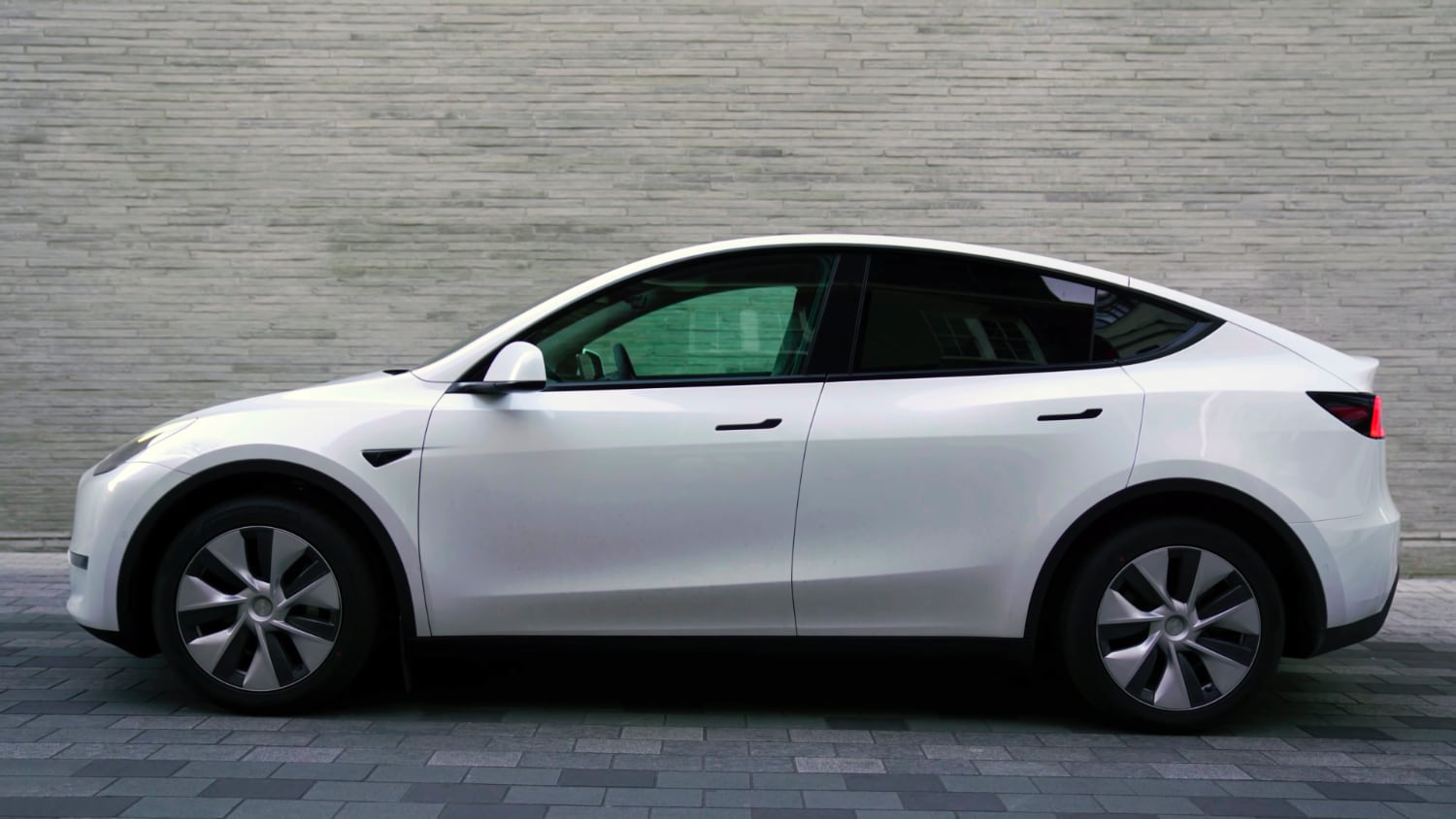
We’ve already covered some pioneering EVs in Zerofy’s EV of the Month series, including the Nissan Leaf and the BMW i3. But the elephant in the room when it comes to market-defining EVs are of course Tesla’s Model S, Model 3, and the Tesla Model Y, our pick for EV of the month in October. While you may think this is not the most creative choice, hear us out: there are good reasons why the Model Y has been such a sustained and dominant choice.

What is COP27? The acronym COP stands for Conference of the Parties. COP is where major decisions are made by the UN Framework Convention on Climate Change. Once a year, signatory governments gather to discuss and negotiate how they are going to work together to combat climate change. Each UN member state is a signatory, plus Palestine, the Cook Islands, and Niue. This year will be the 27th time signatories have gathered for this conference, hence the moniker COP27.
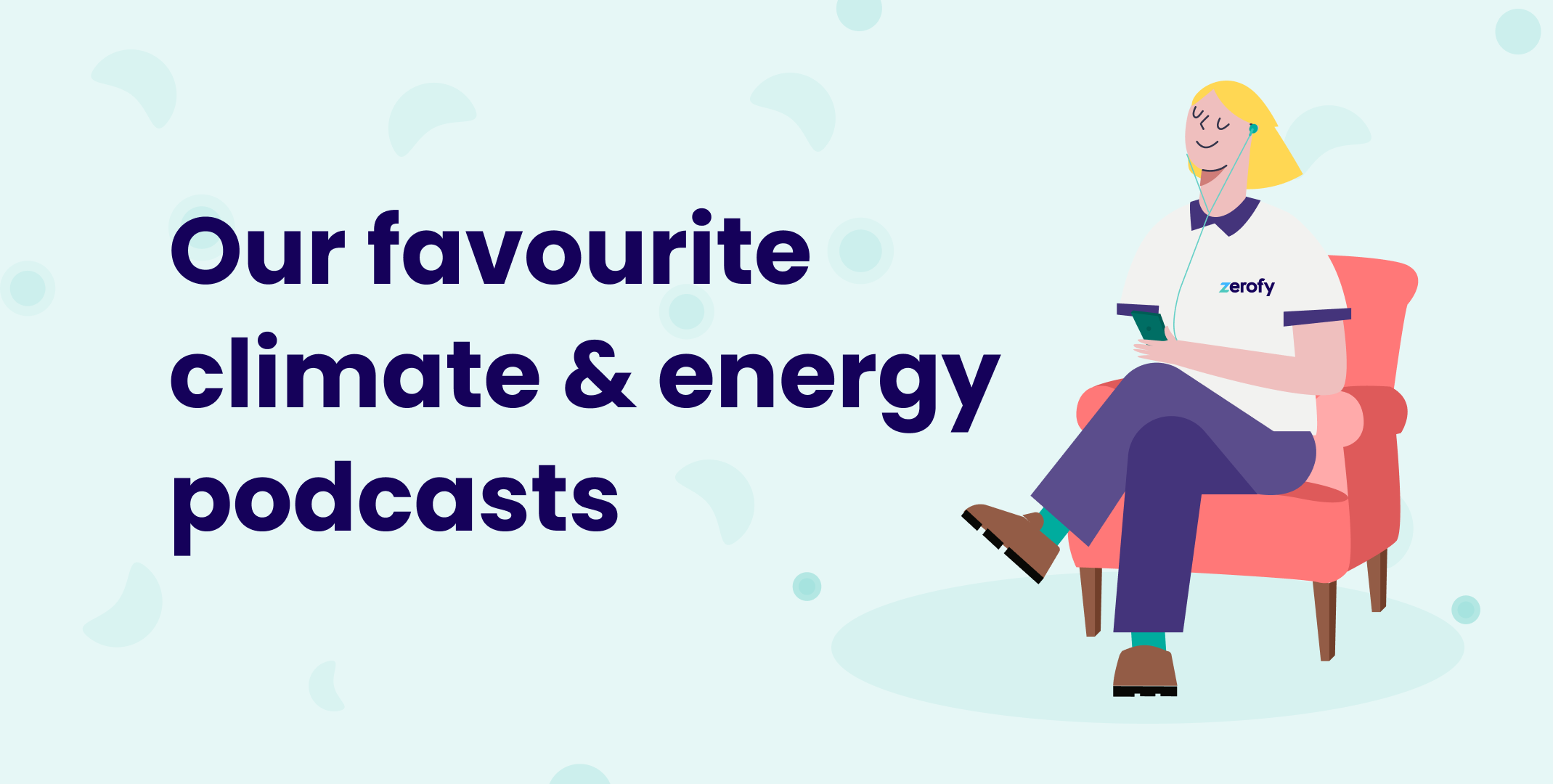
The transition to a zero carbon world is going to require a wide range of opinions, approaches and innovations. At Zerofy, we believe there is always more to learn and are constantly seeking out additional knowledge to provide the best experiences for our users.
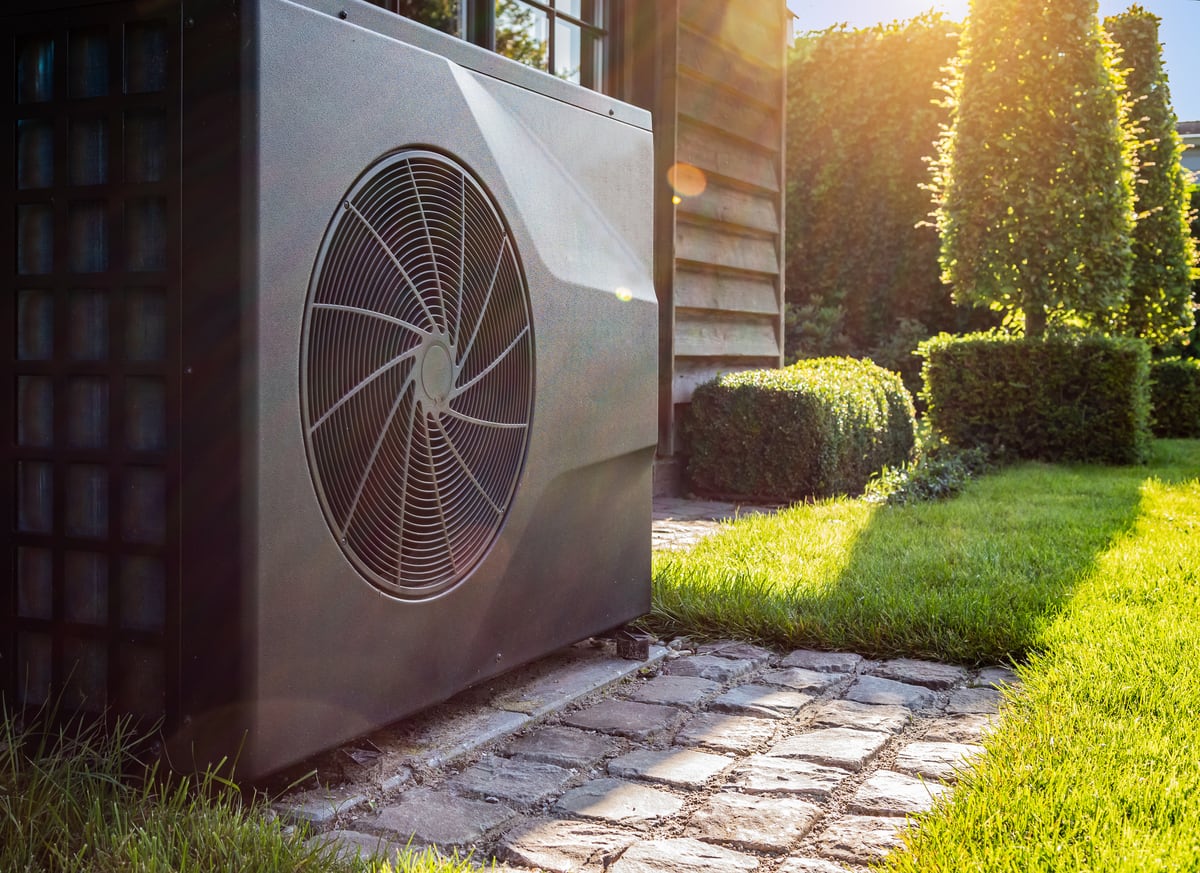
The heating of homes makes up a high share of energy use in countries that have variable and cold climates. In the European Union in 2020, home heating was the main use of energy by households at 62.8% of final energy consumption in the residential sector [1]. Additionally, 15% was used for water heating. At the same time, oil and gas are still the main fuels burned by most local boilers [2].
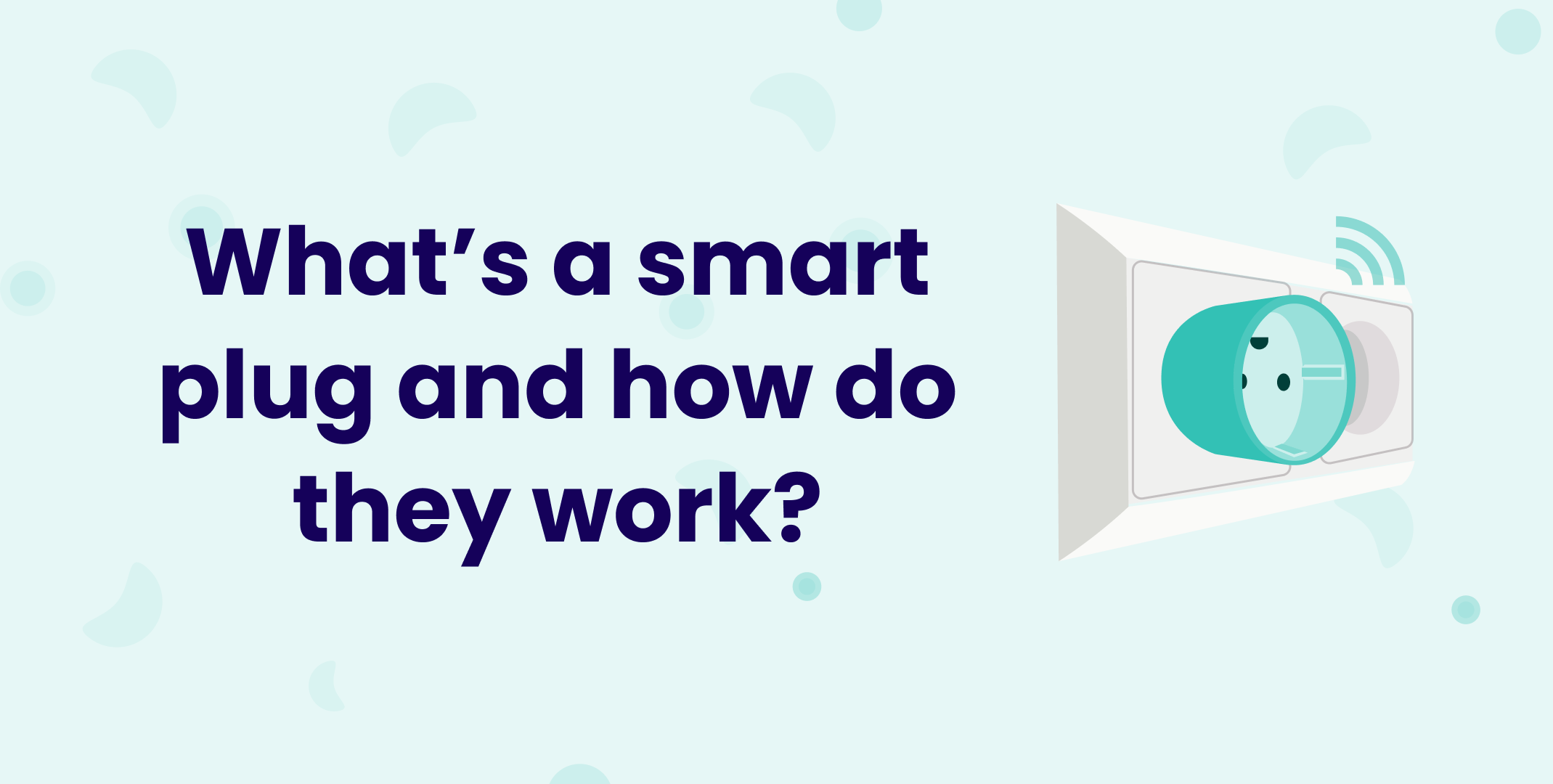
A smart plug is a device that fits in between the power socket in your wall and an appliance. They are similar in appearance to power adapters you may have used when traveling. The reason they get the ‘smart’ moniker is because these plugs allow you to control the appliance they’re plugged into remotely, enabling them to function in more environmentally efficient and useful ways.
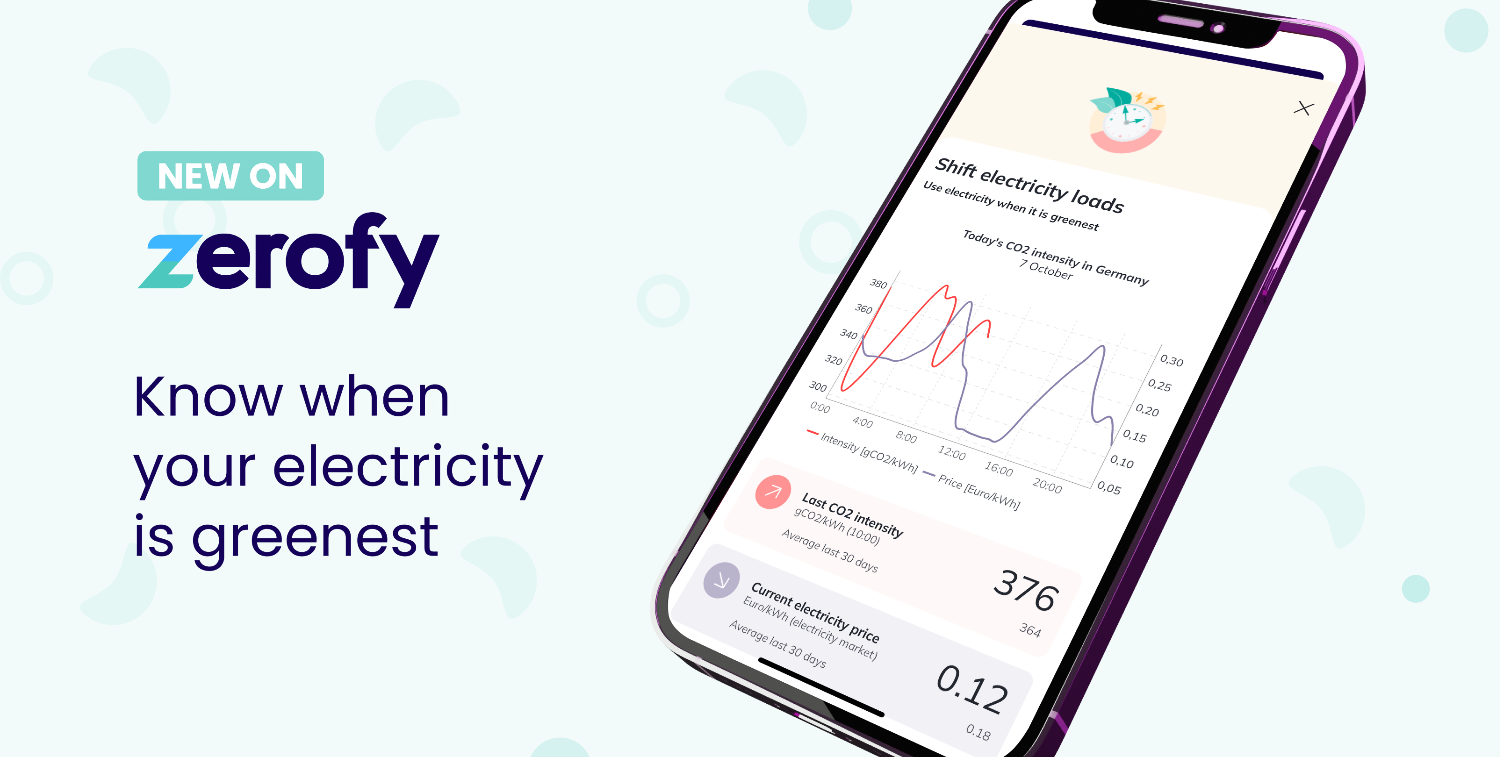
In the transition to a zero carbon lifestyle, we’re all trying to make the smartest decisions possible. Access to accurate information and data is a key part of determining how and when we use energy. We’re excited to announce a new feature in the Zerofy app that empowers you to easily see when electricity is greenest, so you can determine the best time for higher energy household activities.

There are two reasons we chose this month’s EV of the month. First, with the energy crisis in Europe unfolding, grid stability is on everyone’s mind. Here, EVs with backup power functionality (V2G, vehicle to grid, or V2H, vehicle-to-home) can play an important role in stabilizing the grid. Secondly, while we covered EVs of all sizes and forms, we have not yet had a pickup truck as our EV of the month. So, without further ado, the Ford F150 Lightning: a truck with great V2H support.

In order to avoid the most significant impacts from climate change, warming has to be limited to 1.5°-2° Celsius. This could be achieved by decarbonising all human activities, including transport, energy, and food. It requires widespread cooperation to reach zero emissions globally, including the public sector, businesses, but also households. In fact, households are indirectly responsible for about 70% of global emissions.
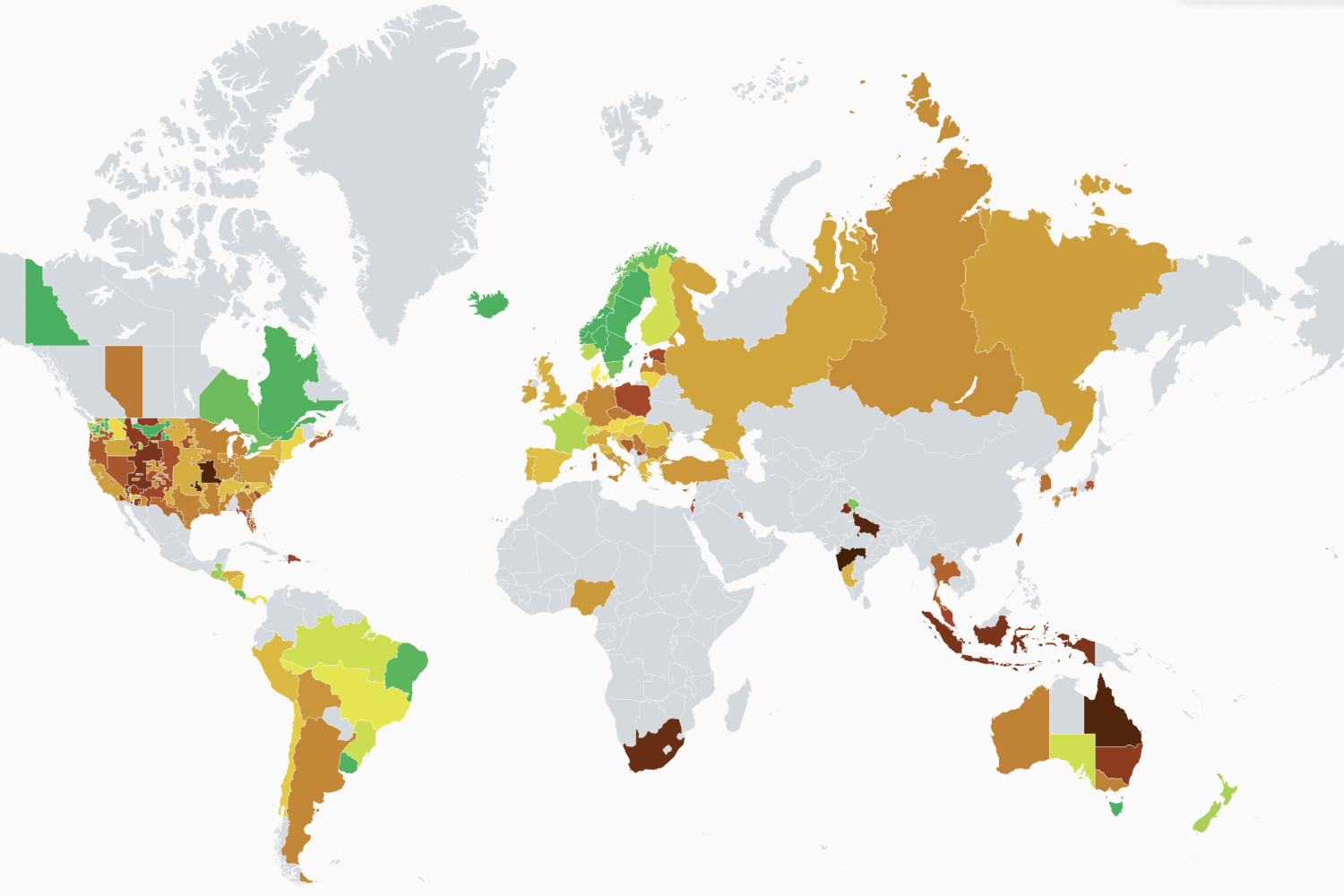
Unless you’ve been living under a rock the past few months, you’ve certainly heard about the expected critical gas and electricity supply situation in Europe towards the winter. Driven by Russia’s reduction of gas deliveries to Europe, the French Nuclear plants struggling with planned and unplanned maintenance, and particularly hot and dry summer, energy prices across Europe have been skyrocketing. These recent developments come on top of an already ongoing transition of our electricity and energy systems to achieve lower CO2 emissions.
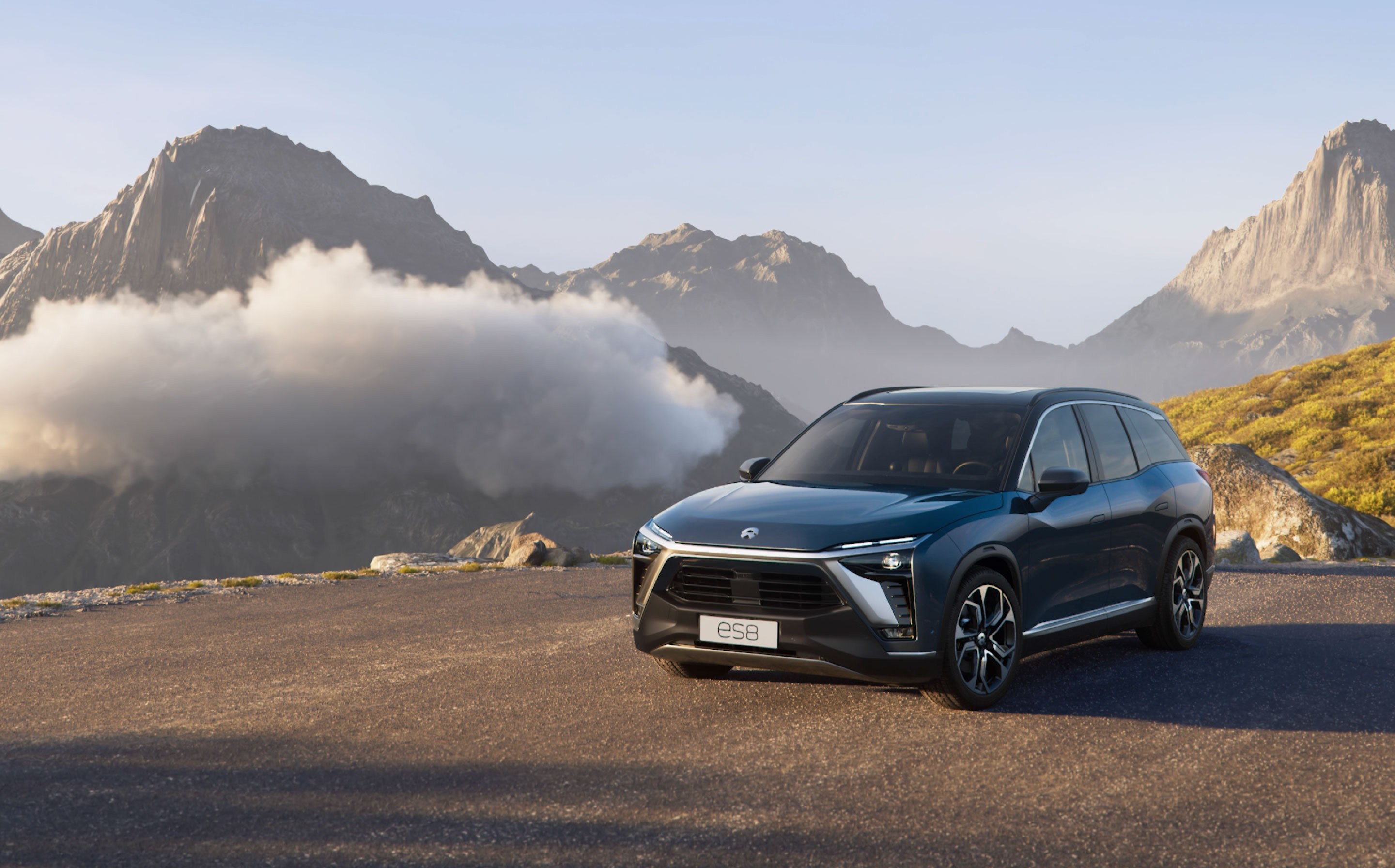
Our EV of the month is noteworthy due to several reasons: it’s large. It’s from China. It features some very innovative technology. Ladies and gentlemen: the NIO ES8.

Electricity produced from solar panels is an essential part of decarbonisation of our electricity and energy system. In contrast to traditional electricity supply, where electricity is produced centrally and households merely consume, they can now become producers of energy by installing solar panels. With this, households can gain autarky, protect against high electricity prices, and help decarbonize our electricity system.
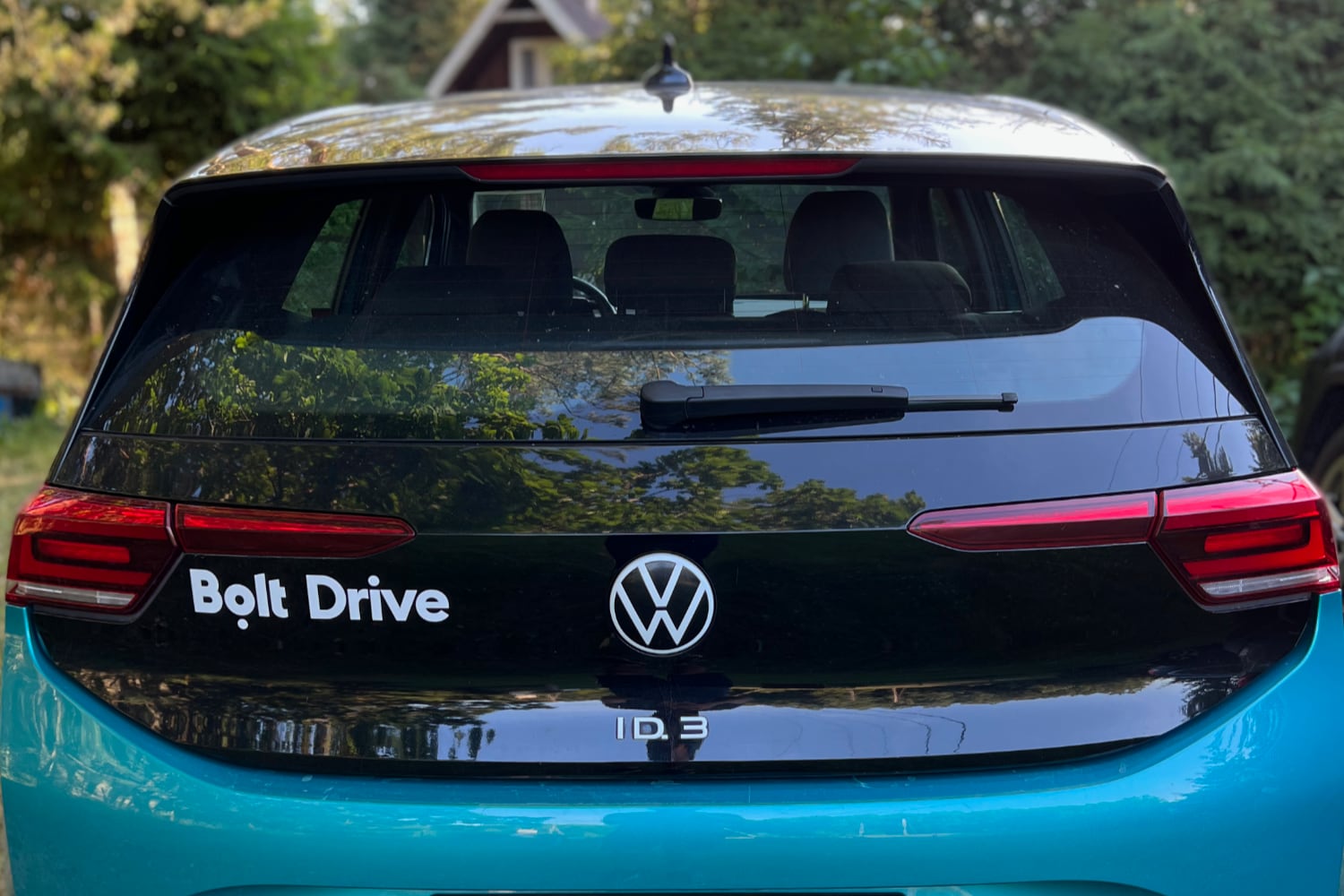
Shared mobility concepts promise that they reduce the number of vehicles on the road, which is expected to have a positive impact both on the emissions from the production of vehicles, and also less space required for parking lots. While scooters and bikes are hoped to reduce the kilometers driven by cars overall, car sharing would mainly lead to more efficient usage of a smaller fleet of vehicles. If the fleet is electric, emissions from driving would also be reduced significantly.

With an energy crisis in Europe simultaneous to the transition to a green energy system, energy is truly the topic of the hour. States and consumers alike, are hence urgently looking to reduce their dependence on fossil fuels. When looking into the solutions (electric vehicles, solar, heating with a heat pump, or energy saving), you will sooner or later encounter the units kWh (kilowatt-hour) and kW (kilowatt). However, often these units are confused. Let’s clarify!
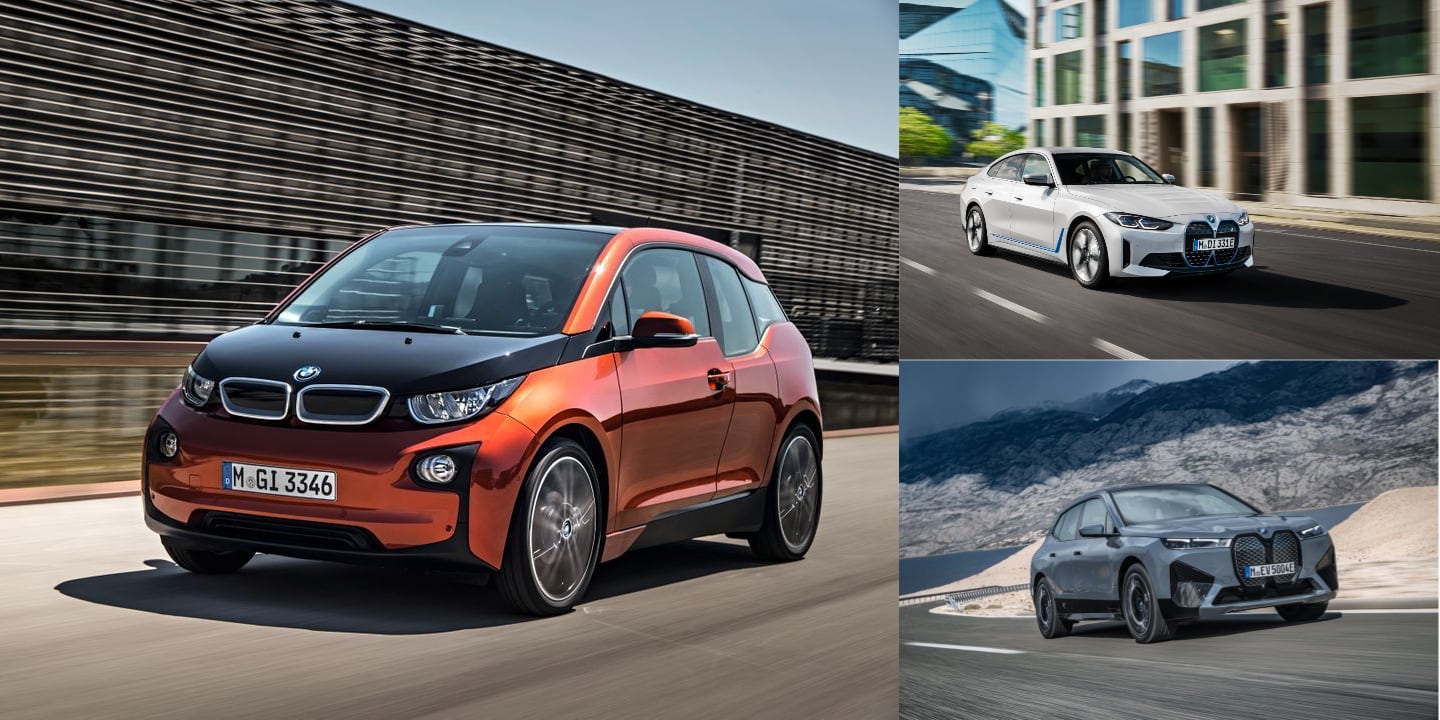
For July we have not just a single EV of the month, not even a duo, but a trio of cars! The BMW i3, the BMW i4, and the BMW iX. BMW is an interesting case when it comes to the transition from combustion engines to electric drivetrains. As we’ll show below, BMW in 2013 was a pioneer with the introduction of the i3, but then fell behind and kept lobbying for the combustion engine instead of embracing change.

You may have read the headlines: video streaming is bad for the environment, video streaming has a high carbon footprint, binge watching destroys the planet! But how bad is it really?
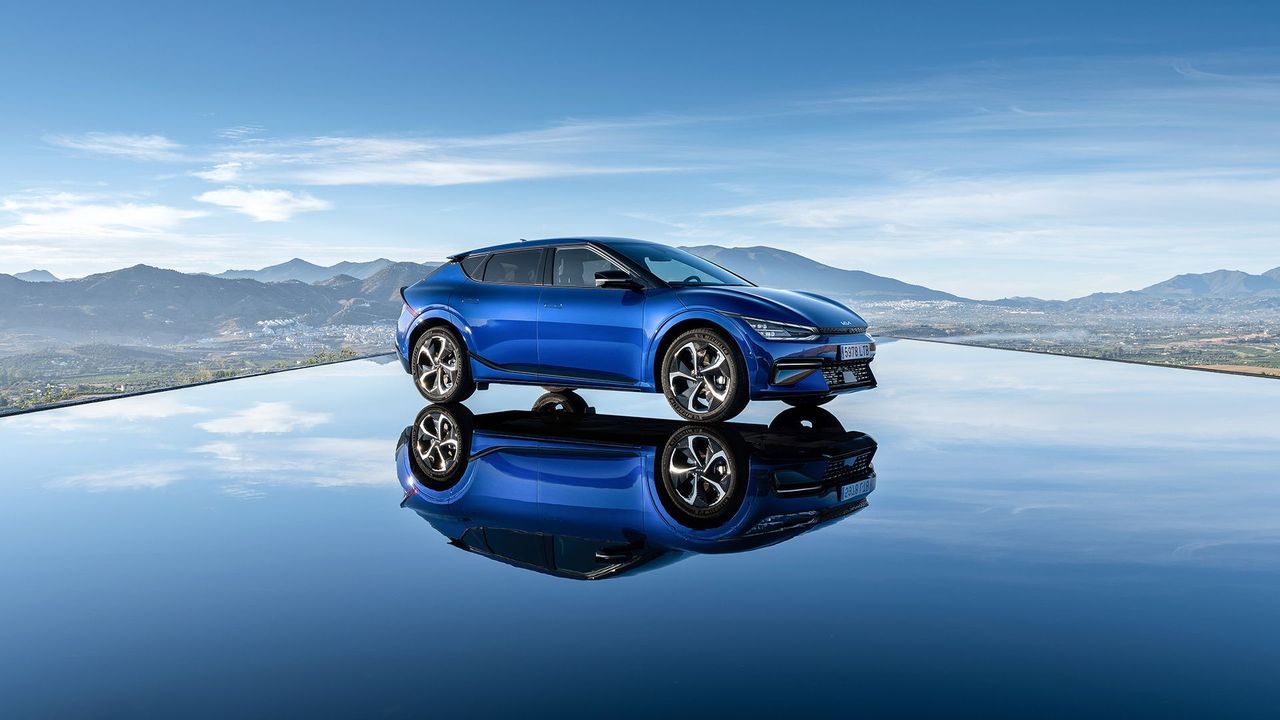
Last month’s EV of the month, the Nissan Leaf, was European car of the year back in 2011. This month we will have a closer look at the electric car that won the title this year, more than a decade later: the European car of the year 2022 is the Kia EV6. Reason enough to make it our EV of the month.
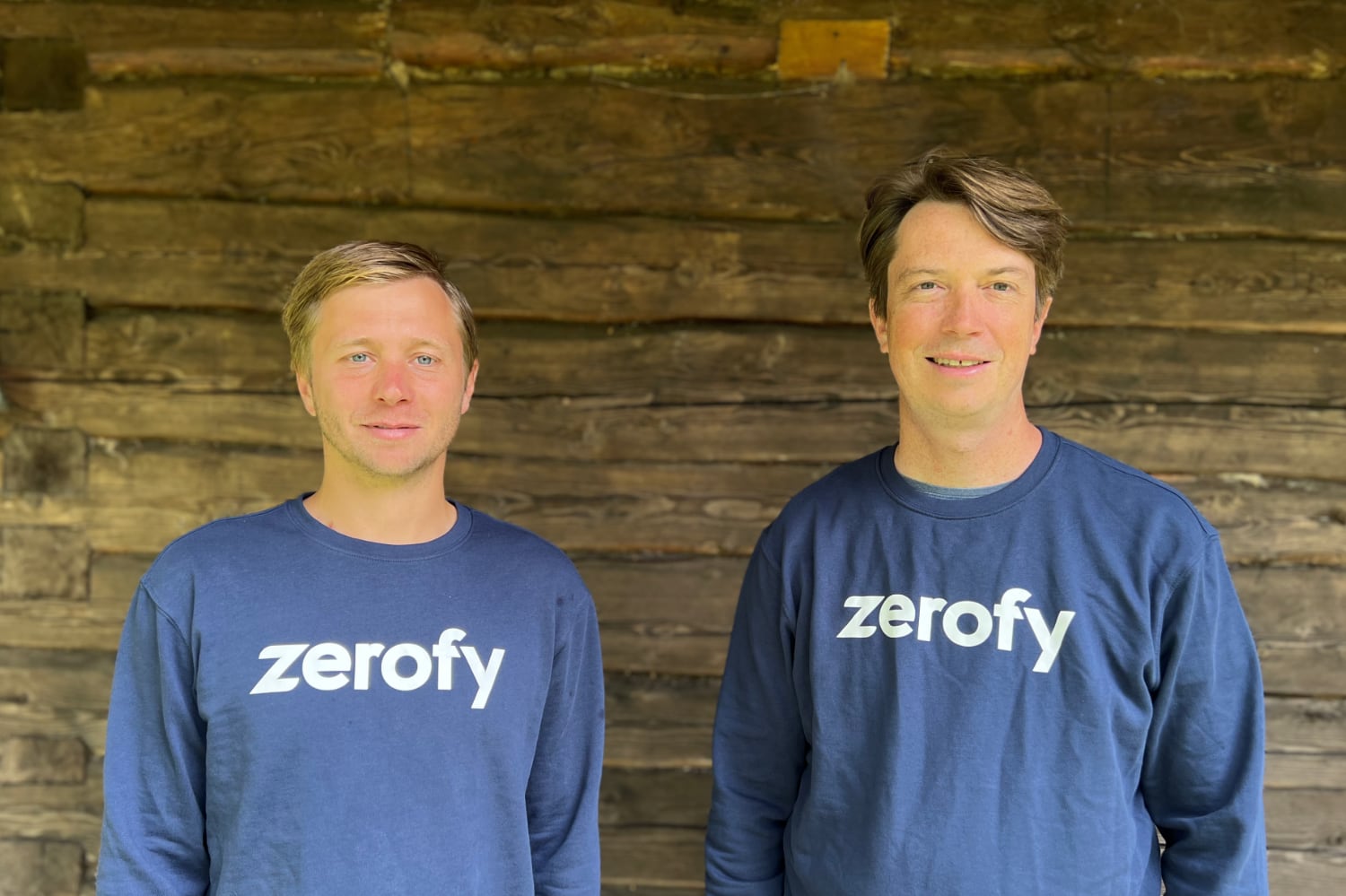
We founded Zerofy with the mission to simplify a zero-carbon lifestyle for households. It was born out of the observation that consumers are often confused about where in their household the big emissions contributors are and suffer from complexity and friction when trying to implement solutions.
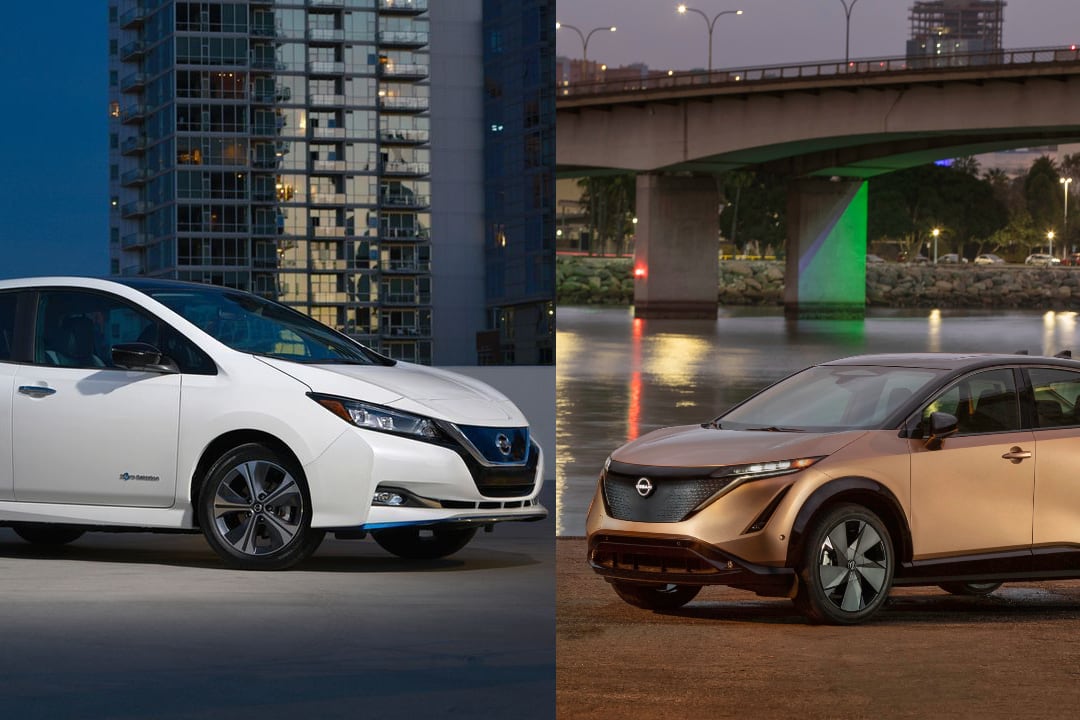
This month’s EV of the month award is dedicated to a reliable, solid performer and to its successor. We’re speaking of the Nissan Leaf and the eagerly anticipated Nissan Aria.
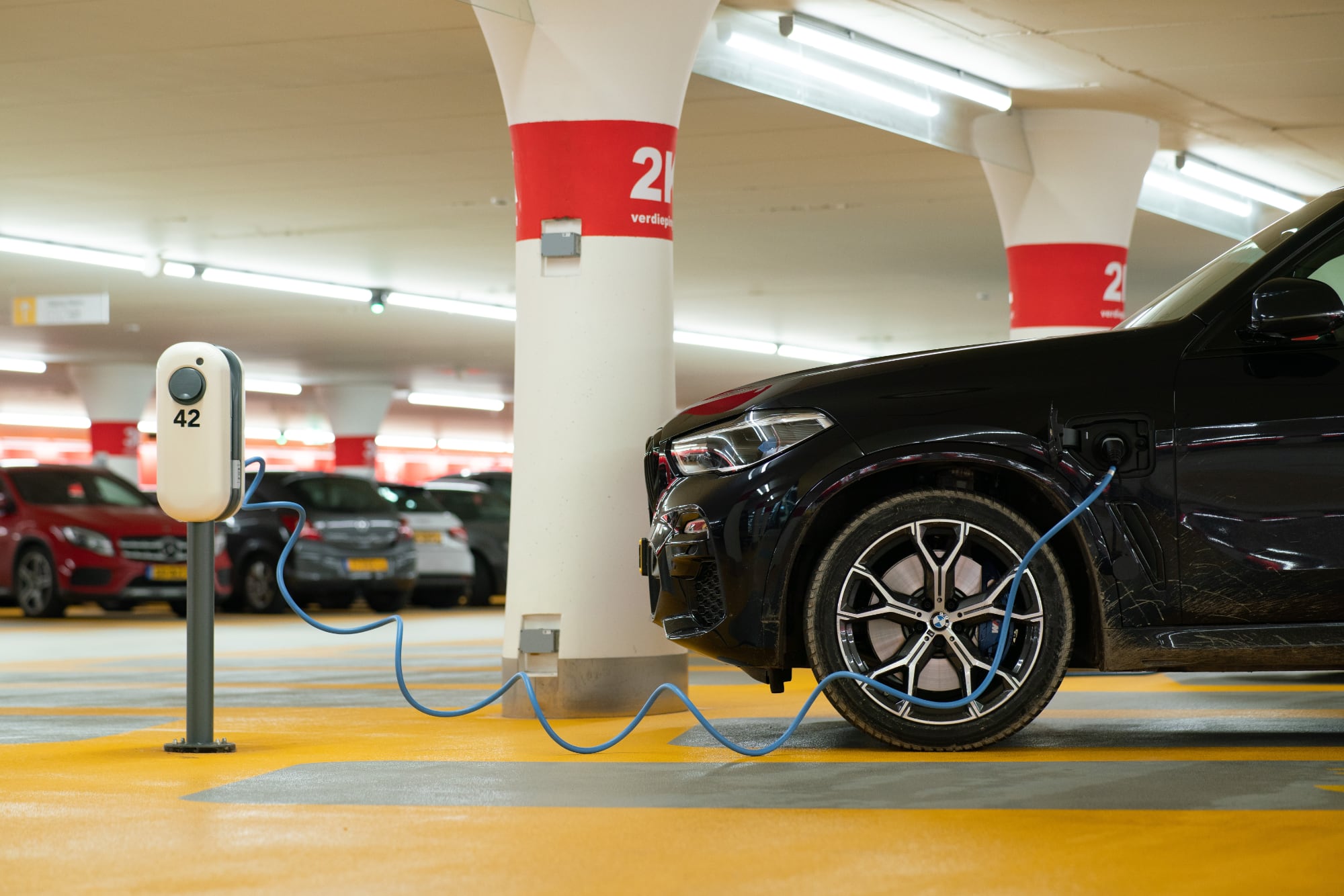
Addressing climate change is a challenge that needs to be tackled at all fronts: countries, cities, and households, but also businesses. Luckily an increasing number of companies commit to net-zero targets. They employ various ways to reach these goals from decarbonising their supply chains to compensation.
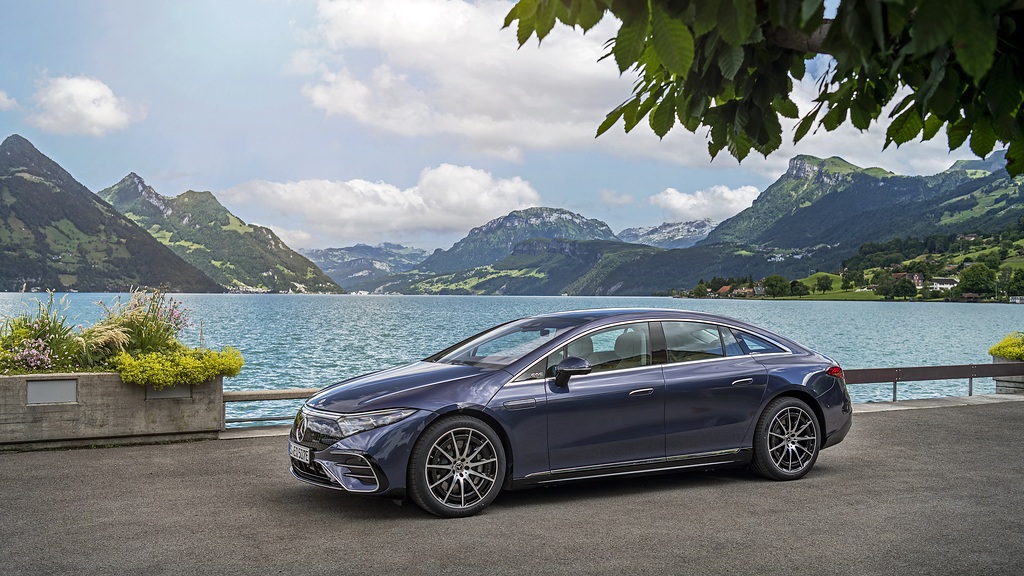
Last month our EV of the month was a modern, electric van for Hippies or families. This month we’re addressing a whole other segment: luxury limousines. The idea for this post came about while reading that the Dutch parliament postponed electrification of their fleet, at least partially due to “lack of comfort” when it comes to available EV options.
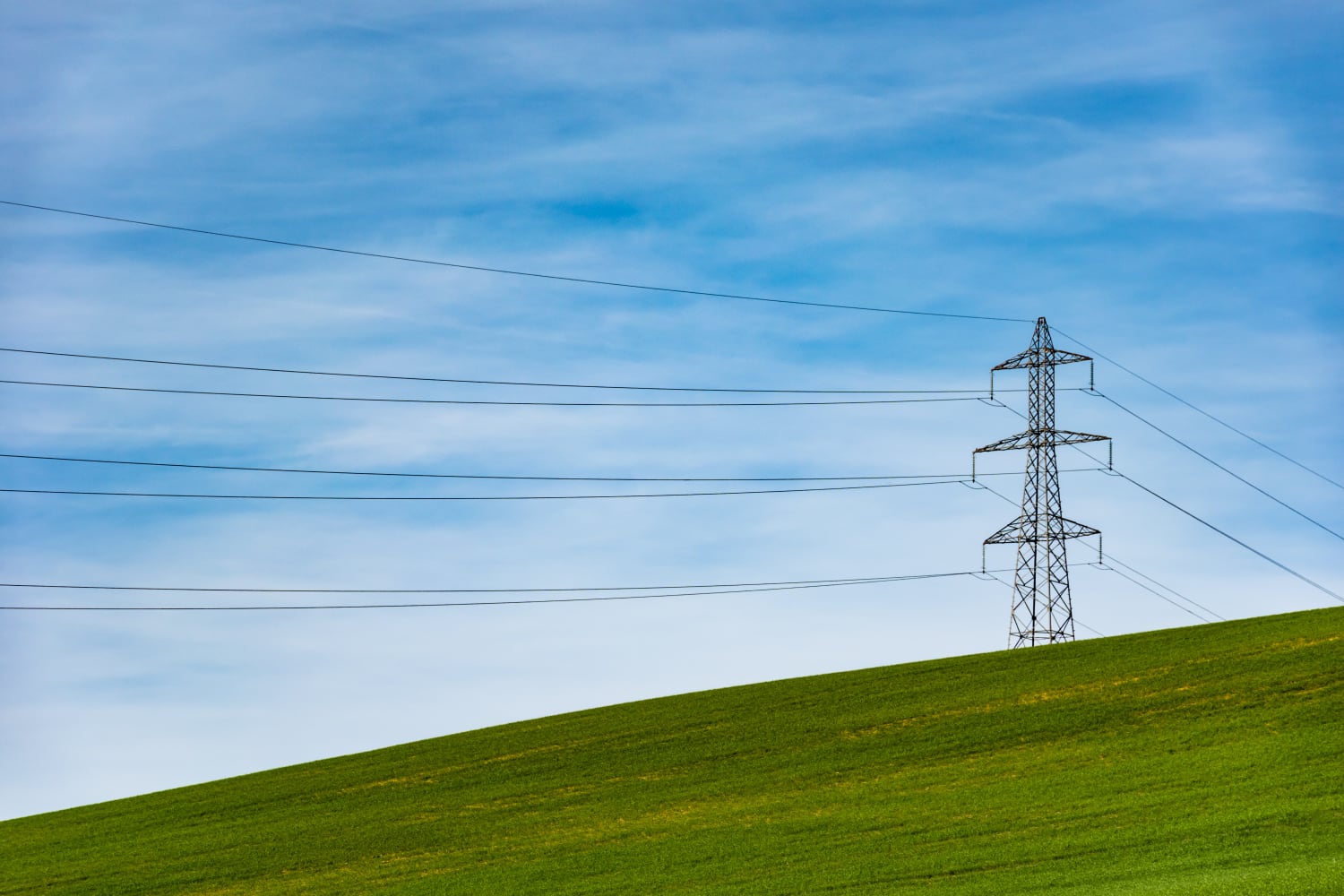
One of the most common questions (or worries) about electric cars is if there will be enough electricity to power all cars, if they were electric.

Chances are that you have come across one of the countless available CO2 footprint calculators: you may also have noticed that they typically estimate carbon footprint on the basis of an individual (or “per capita”). And many statistics report per capita metrics, too. However, the majority of people live in a household of two or more persons, where some resources such as housing (including electricity, heating, etc.), cars (and often even meals) are shared. This means for many of us the “household” is really the relevant unit when it comes to understanding CO2 emissions.
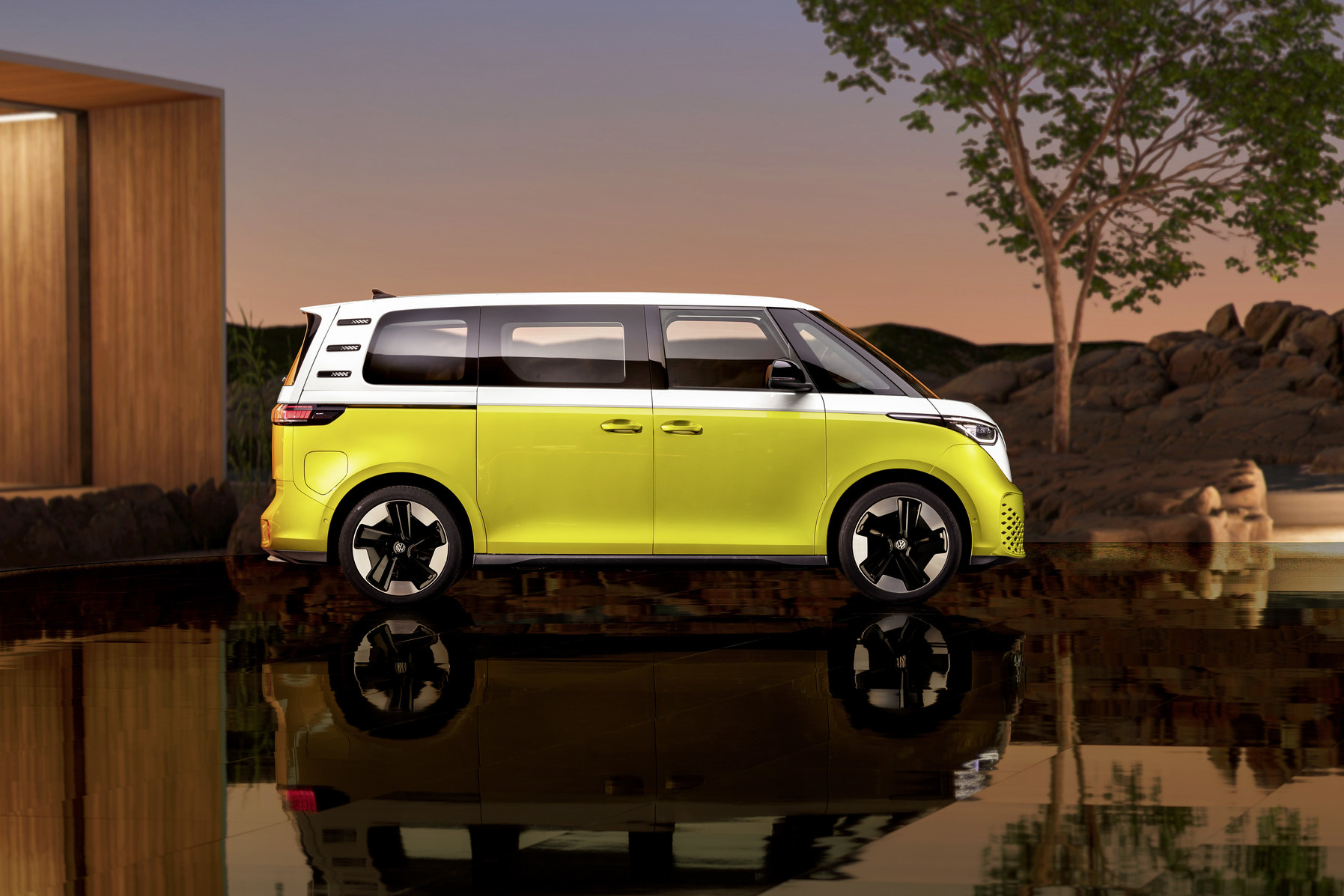
The VW ID.Buzz is likely one of the most anticipated EVs for the year 2022. Ever since the first concept was published, the final design and specs have been eagerly awaited. The reasons for the excitement are manifold.

Commuting by bike allows for combining some exercise and fresh air with the daily necessity of the commute. E-bikes can be particularly useful compared to regular bikes, as they enable commuters to travel further distances, travel faster and help avoid arriving at work exhausted and sweaty. Recent research has also shown that e-bike ownership correlates with a reduction of car usage and public transport usage (albeit no effect on car ownership could be measured). Reducing (ICE) car usage has a direct benefit of burning less oil and with that reducing CO2 emissions.

What’s more environmentally friendly: keep driving an old car running on diesel/gasoline, or buying a new EV? A new EV consumes resources and emits CO2 for its production, but it has much lower CO2 emissions during driving. An old Diesel already has “amortized” its production energy and emissions, but it continues burning fossil fuels and emitting greenhouse gasses.
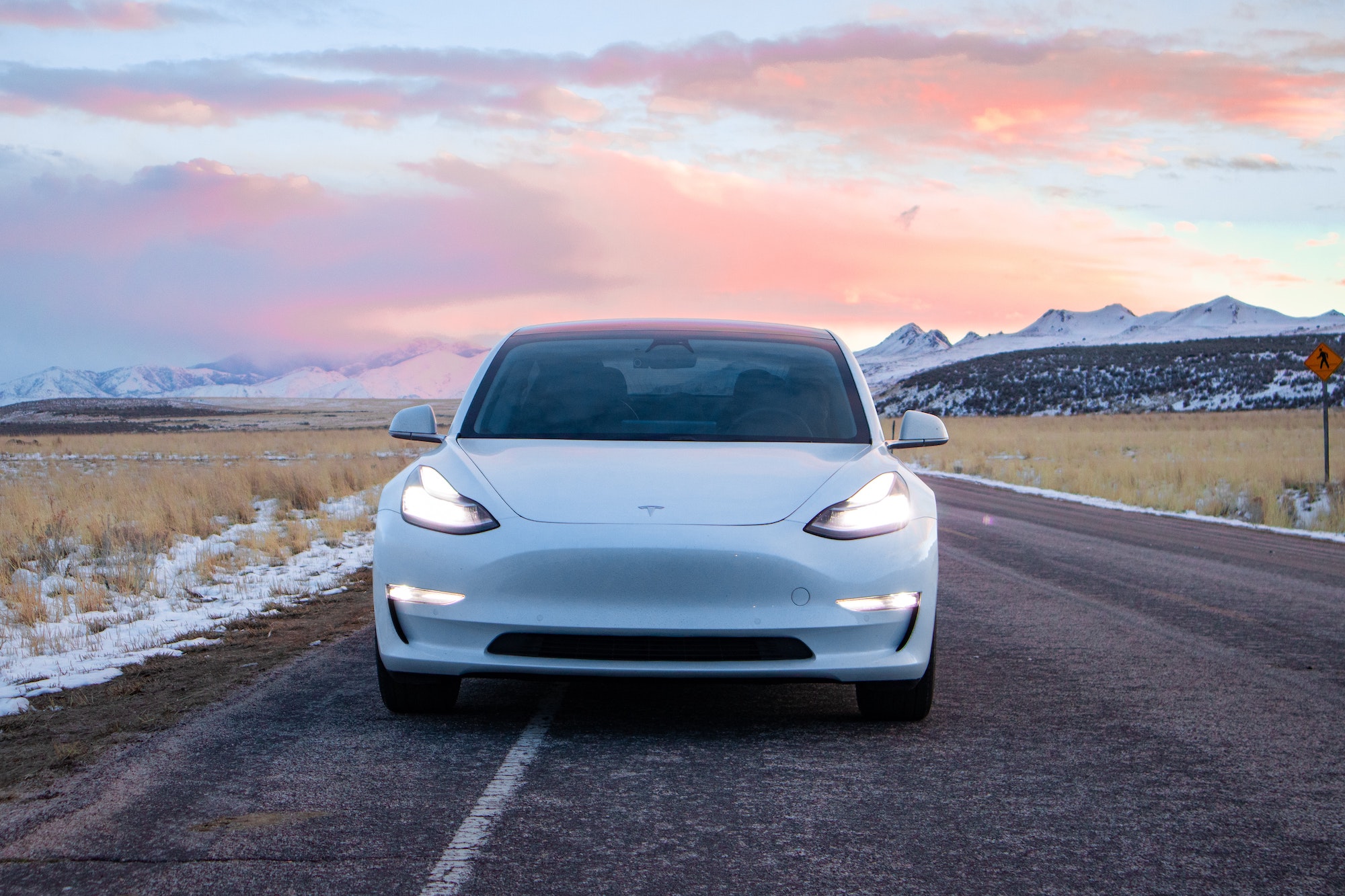
With about 11% of the total, transportation is one of the key contributors to global greenhouse gas (GHG) emissions. In some regions, the share of the total is even larger. For example in the Euro area it is around 15% (see chart below), and in Switzerland transportation is responsible for even more than 30% of the total GHG emissions.
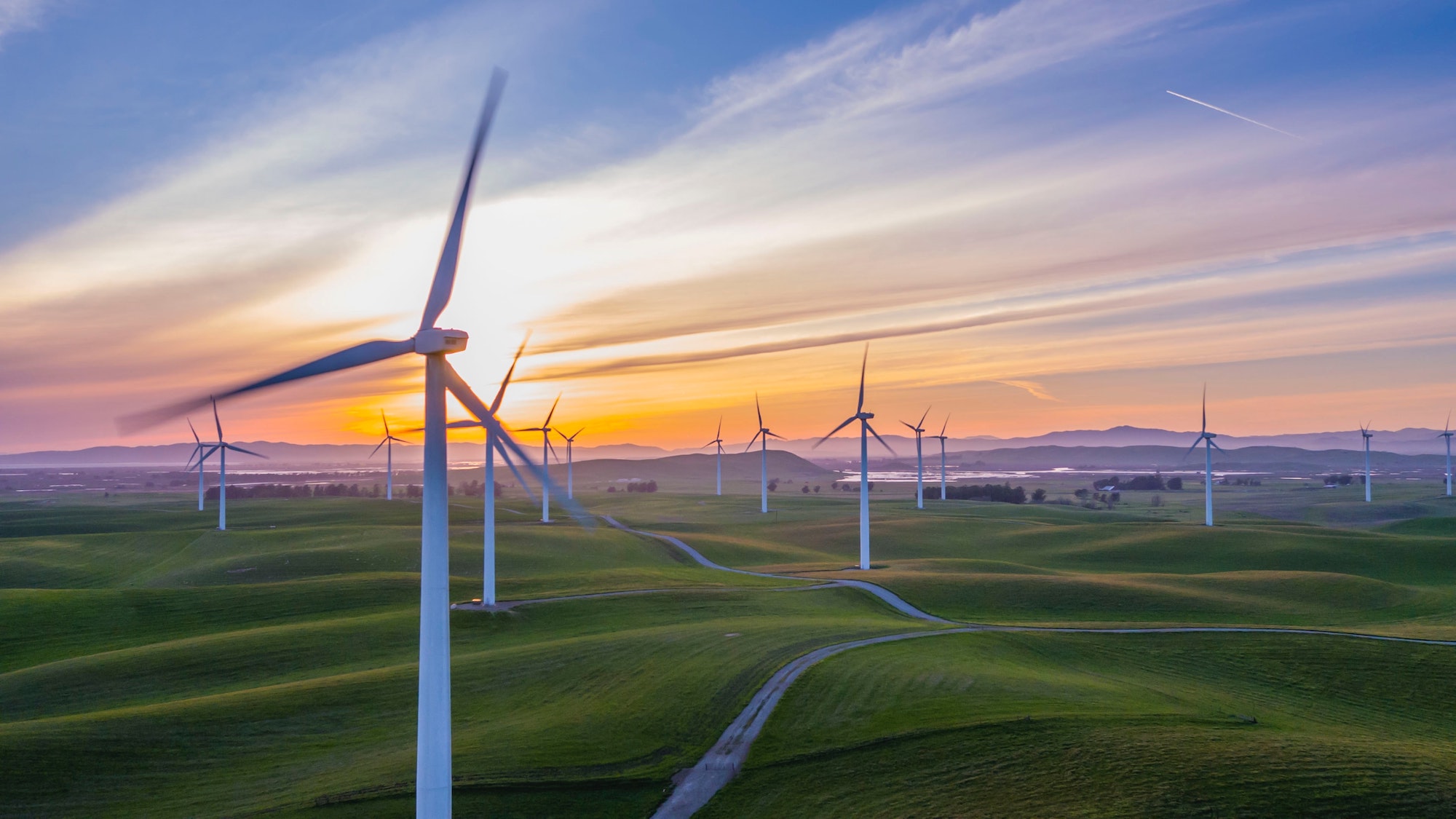
This is the first post in a series on the opportunities presented by tackling climate change. In this article we cover renewable energy production and storage. Future articles will address transportation, food, etc.

As we enter the new decade, looking back climate change is probably the dominating topic of 2019. And rightfully so: a sense of urgency and swift action are needed! However, when it comes to the discussion around efforts to decrease the world’s greenhouse gas emissions, my concern is, that too much emphasis is put on the challenges. Instead, we should focus on the opportunities!